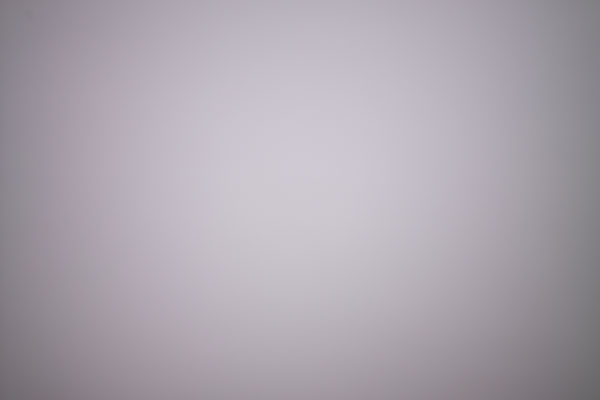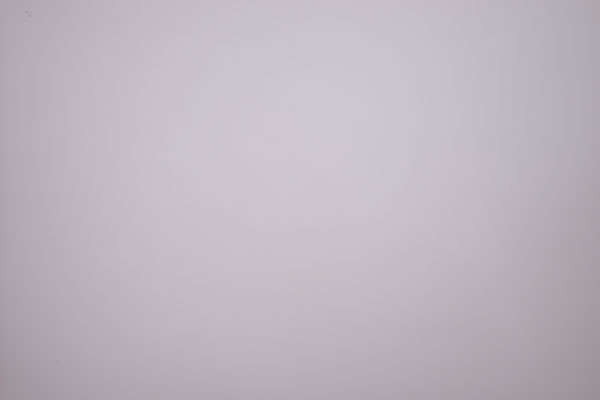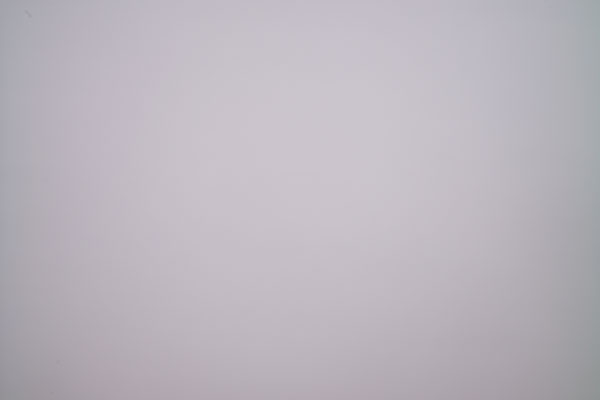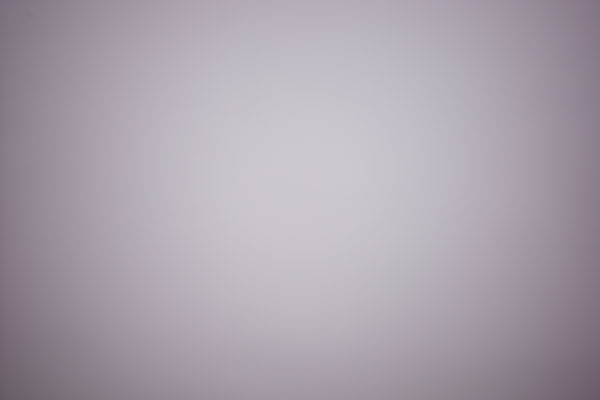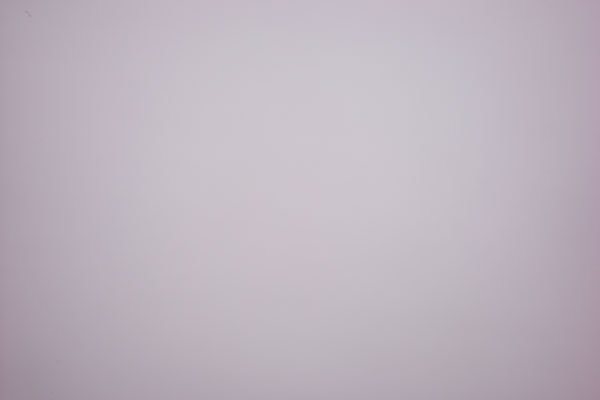Leica M (Typ 240): Zeiss 35mm f/2.8
Expanding the Equipment | Body with Lens Attached | Some Technical Data | Sample Images | Close-Up Behavior | Conclusions | Links
I bought most of my M-mount (and M39) lenses for use with the Ricoh GXR M-mount expansion unit, at which they are used with a crop factor of 1.5 x. But I always wanted to also use these lenses "as intended" and was therefore looking for a full-frame camera body for quite some time. Finally, at the end of October 2015, I purchased a used Leica M (Typ 240) as the "body" for my M-mount lenses. On these pages you can find my first personal experiences with the lenses at the Leica M (Typ 240). This page is devoted to the Zeiss Biogon 35mm f/2.8 lens.
All lens pages: Voigtländer 15mm f/4.5 | Voigtländer 15mm f/4.5 III | Zeiss Biogon 21mm f/4.5 | Leica Elmarit-M 21mm f/2.8 ASPH. | Leica Elmar-M 24mm f/3.8 ASPH. | Voigtländer 25mm f/4 (M39) | Minolta M-Rokkor 28mm f/2.8 | Zeiss Biogon 35mm f/2.8 | Novoflex Noflexar 35mm f/3.5 | Zeiss Sonnar 50mm f/1.5 | Voigtländer 75mm f/2.5 (M39) | Leitz Hektor 85mm f/2.5 (M39) | Leitz Elmar-C 90mm f/4 | Leitz Tele-Elmarit-M 90mm f/2.8 | Leitz Tele-Elmar 135mm f/4
See also: Zeiss Biogon 35mm f/2.8 versus Novoflex Noflexar 35mm f/3.5 - Novoflex Noflexar 35mm f/3.5
Expanding the Equipment
After I had acquired the M-mount expansion unit in mid-October 2011, I decided to also expand my range of lenses into focal lengths that I already own in the form of A12 camera units. This was caused by the observation that I was too lazy to exchange units. Exchanging lenses only seemed much simpler and also simplifies the equipment that I carry around with me.
This decision turned out to become a very expensive one, because both of the Voigtländer lenses that I bought, a Voigtländer Color Skopar Pancake II 1:2.5/35 mm and a Voigtländer Color Skopar Pancake II 1:4/21 mm, were decentered.So I sent them back (the 35 mm lens even twice) and eventually bought the equivalent Zeiss Biogon lenses, a Zeiss Biogon T* C 21mm f/4.5 and a Zeiss Biogon T* C 35mm f/2.8 (S/N: 15673484), at a much higher cost. The Zeiss 35 mm lens is a little bit slower (f/2.8 versus f/2.5), heavier, and much more expensive than the respective Voigtländer pancake lens.
Here is the story of the two Voigtländer lenses that I bought initially. And here is my Zeiss Biogon T* C 35mm f/2.8 lens that replaced the Voigtländer 35 mm pancake lens:
 |
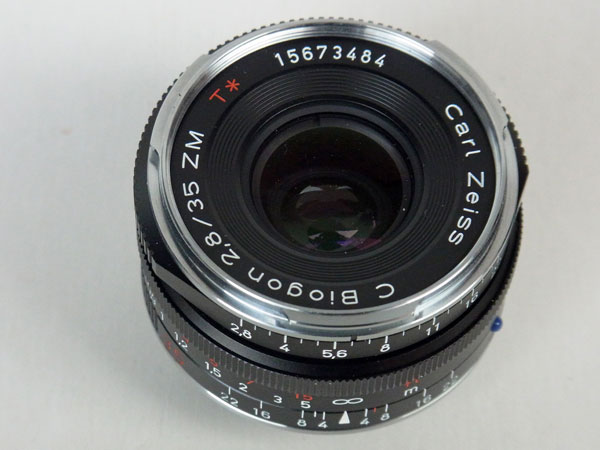 |
|
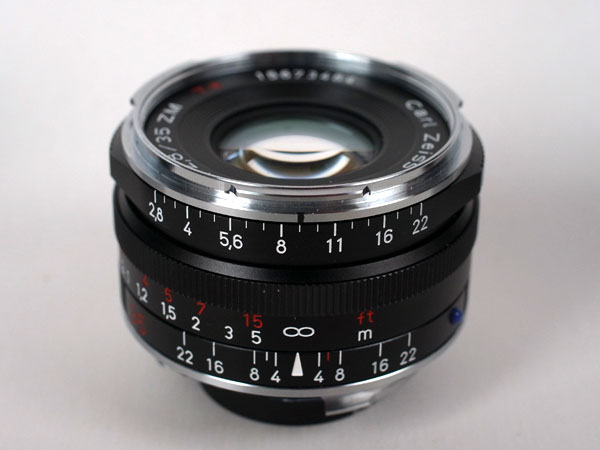 |
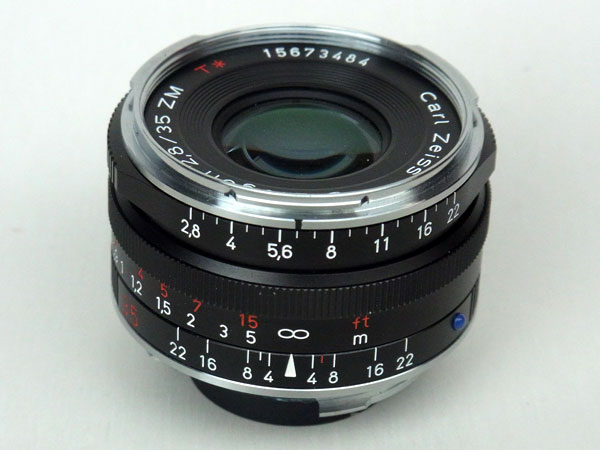 |
Photos: Arrived on November 22, 2011 as a replacement for a Voigtänder lens: Zeiss Biogon T* C 35mm f/2.8/35 ZM lens (black)
Body with Lens Attached
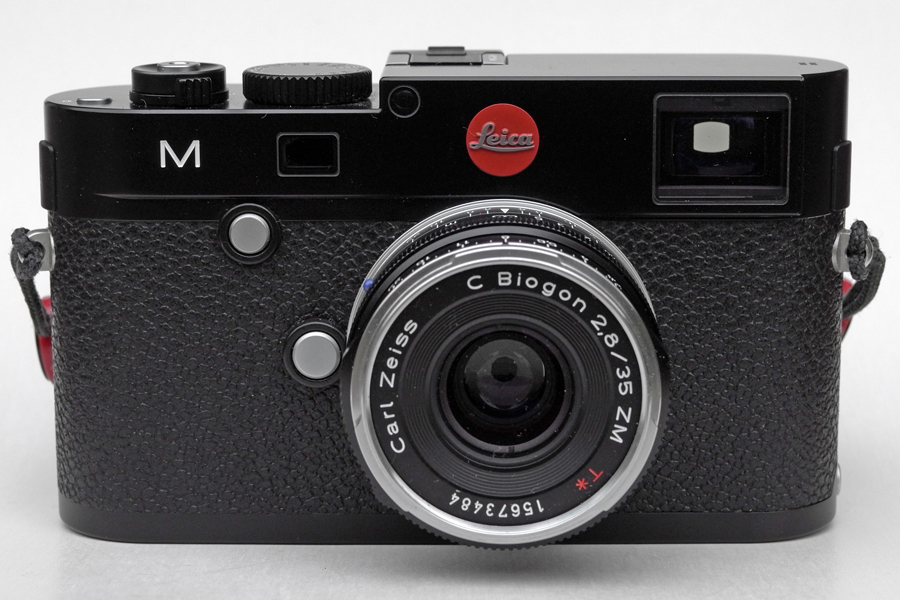 |
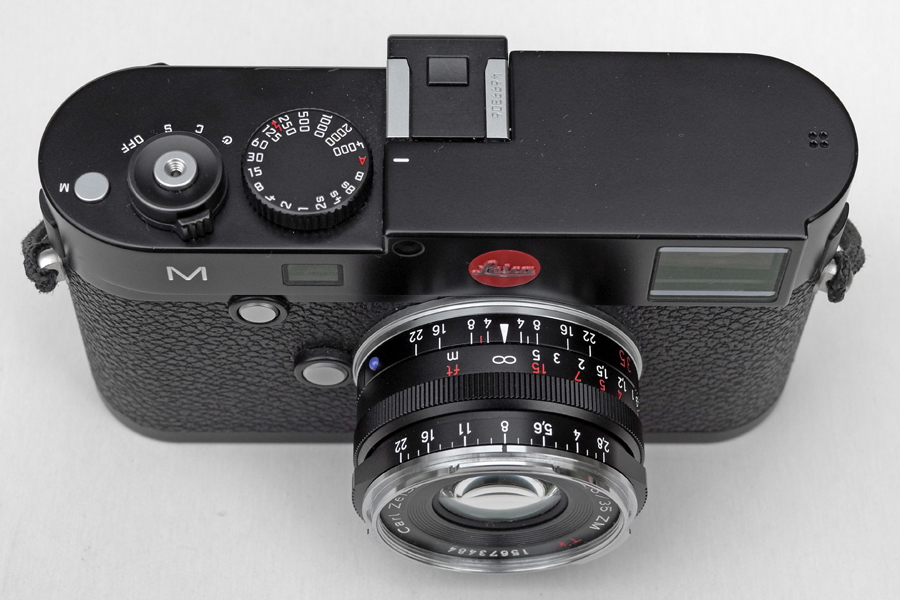 |
|
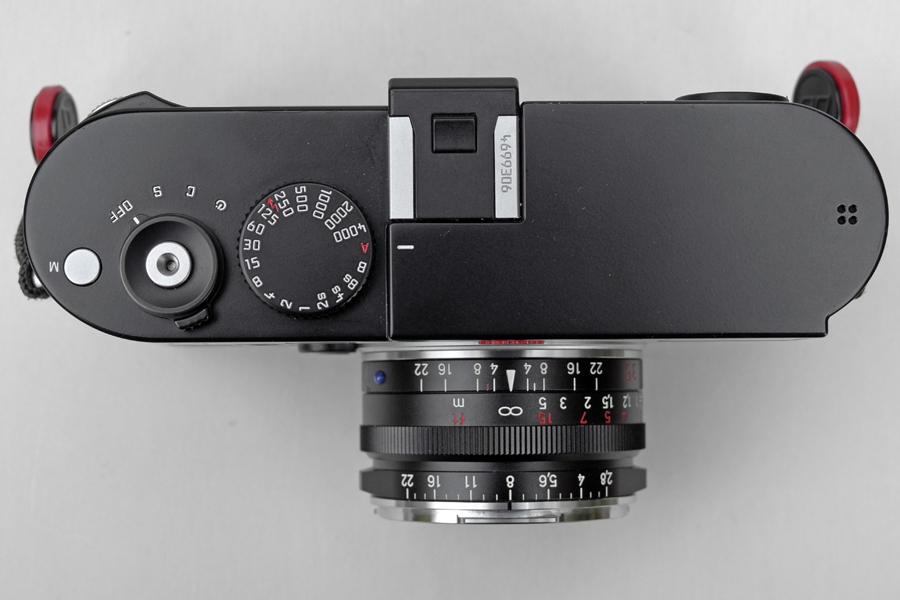 |
Photos: Leica M (Typ 240) with Zeiss Biogon 35mm f/2.8 lens
Some Technical Data
| Focal length | 35 mm |
| Angle of view (35mm film) | 62° diagonal |
| Maximum aperture | 2.8 |
| f-stop range | 2.8-22 |
| Number of iris blades | 10 |
| Number of lenses/groups | 7/5 |
| Shortest distance | 0.7 m |
| Weight | 200 g |
| Length (with cap) | 55 mm |
| Maximum diameter | 52 mm |
| Filter thread | 43 mm |
| Lens hood | does not have one |
| Smallest object field / magnification | 652 x 434 mm / 1:18.2 (calculated); 587 mm / 1:16.4 (from photo) |
Color Shading and Vignetting
In March 2016, I came across a list that Zeiss had published for its M-mount lenses, in which they judged how well certain Leitz/Leica lens profiles fit their lenses. In particular, they judged two Elmarit-M 28mm f/2.8 versions (11804 and 11809) as "very good" fits for the Zeiss Biogon T* 35mm f/2.8 ZM lens. Therefore, I did a new evaluation, which included these 28mm lenses and also the ASPH. version for curiosity. Here are the results of this new evaluation:
Photos: Calibration shots with Zeiss Biogon T* 35mm f/2.8 ZM lens
This test confirms that the overall color shading is very low, although I could see it in some real-word photos. The manual settings change the color cast slightly and improve vignetting. At the moment, I prefer the results from selecting the Elmarit-M 28mm f/2.8 (11804) or the Summicron-M 35mm f/2 (IV) (11310):
| Lens Detection Option, Selected Lens | f/2.8 | f/8 |
| "Off" None |
 |
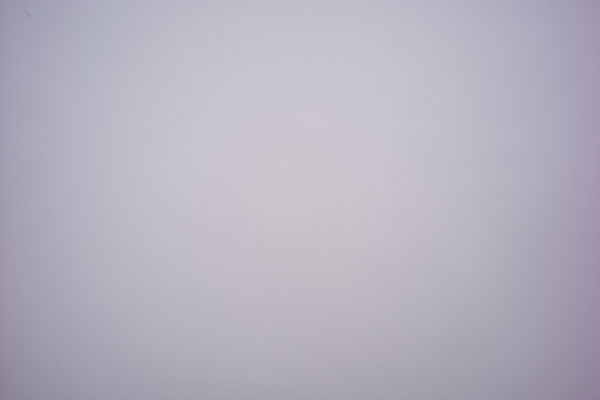 |
| "Manual" Elmarit-M 28mm f/2.8 (III) 11804 |
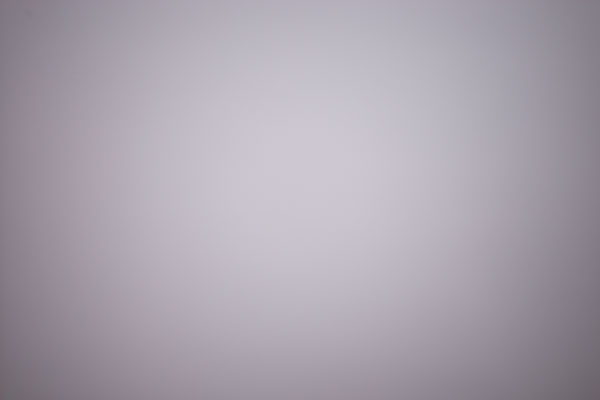 |
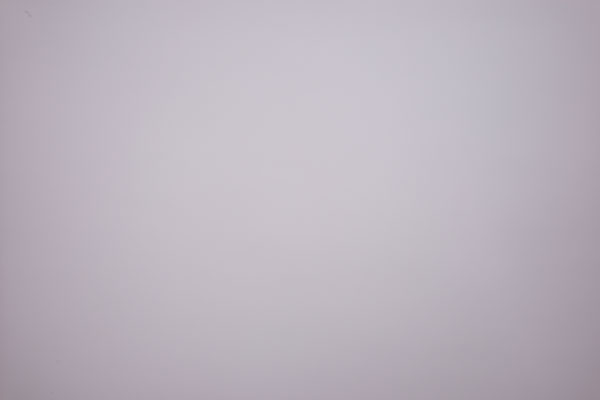 |
| "Manual" Summicron-M 35mm f/2 (IV) 11310 |
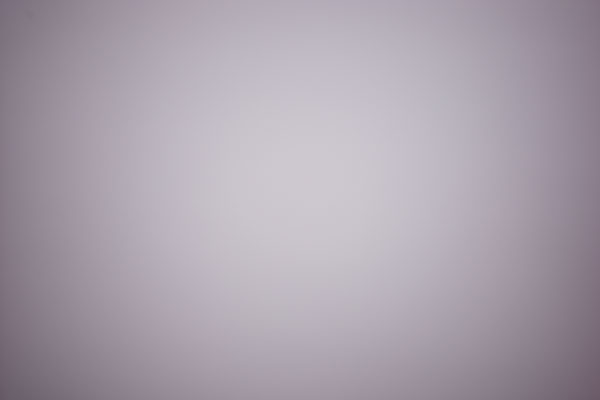 |
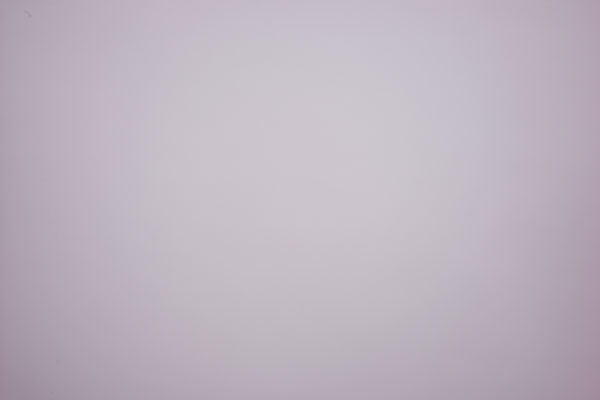 |
Conclusion: This lens can be used with "Lens Detection" set to "Off" or to "Manual" with selecting the Elmarit-M 28mm f/2.8 (11804) or the Summicron-M 35mm f/2 (IV) (11310). Since Zeiss judges the first lens as "very good" and the second not at all, I will select the Elmarit-M f/2.8 (11804) if I should use manual lens selection.
My current status: "Lens Detection" set to "Off".
Sample Images
Below are some sample photos taken with the Zeiss Biogon 35mm f/2.8 lens (click the images to view the unprocessed original files in a new window). No color shading correction was done for these photos.
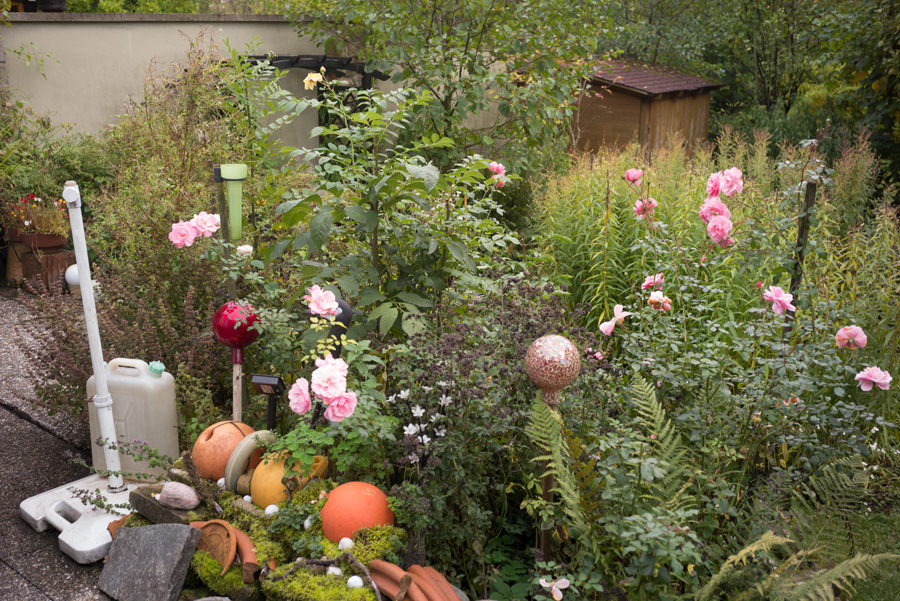 |
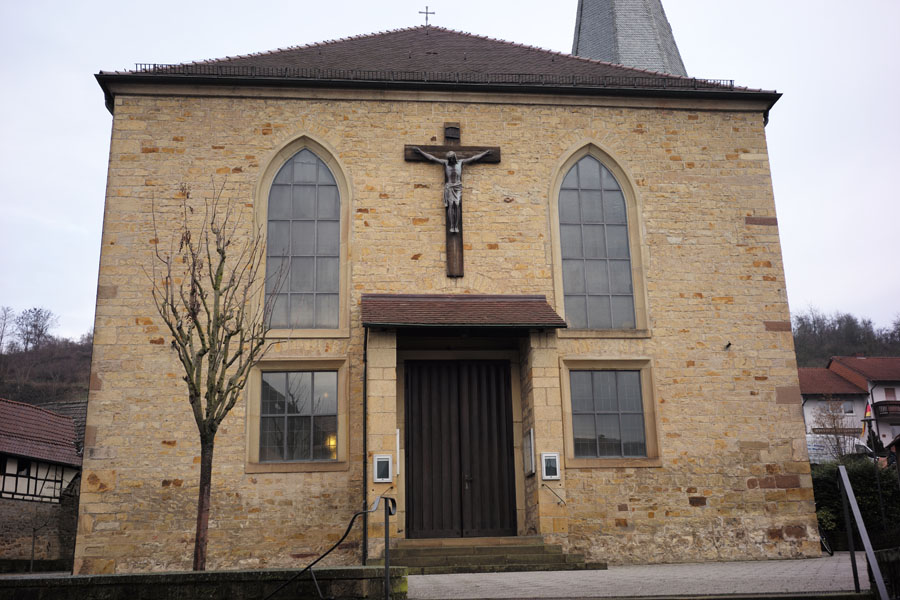 |
|
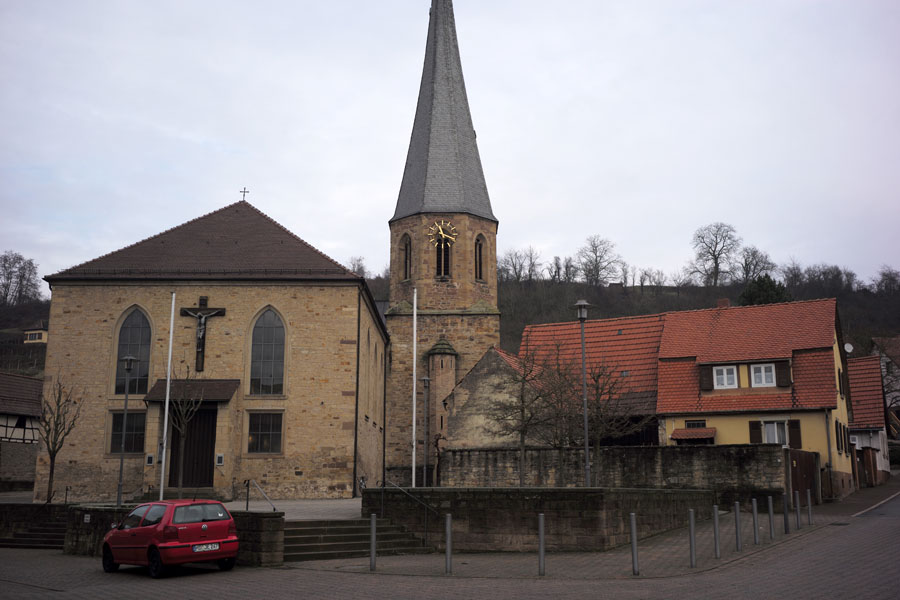 |
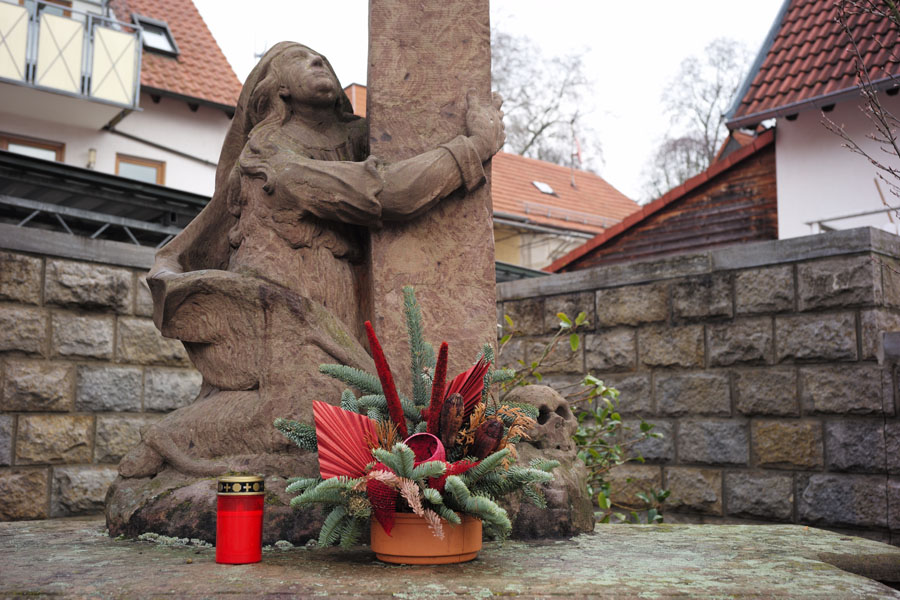 |
|
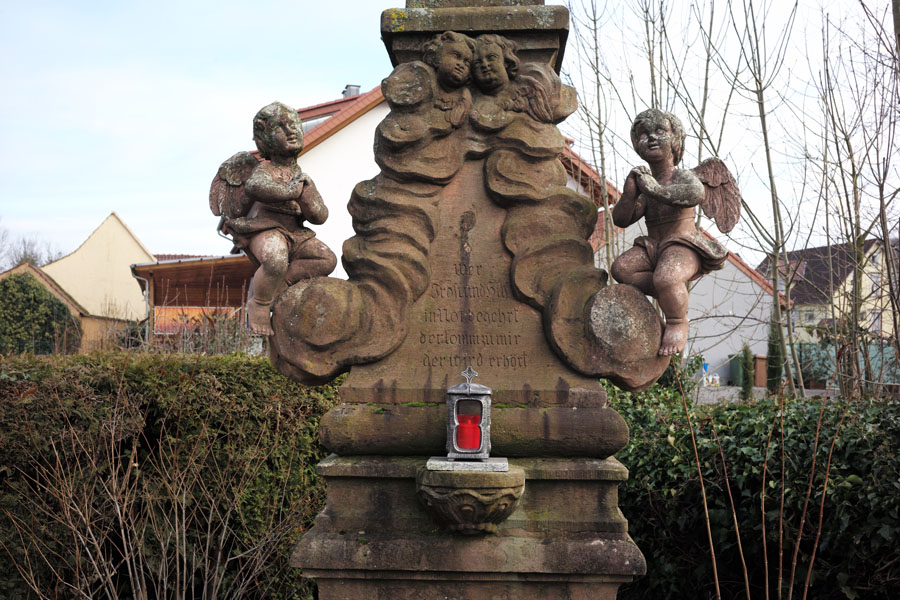 |
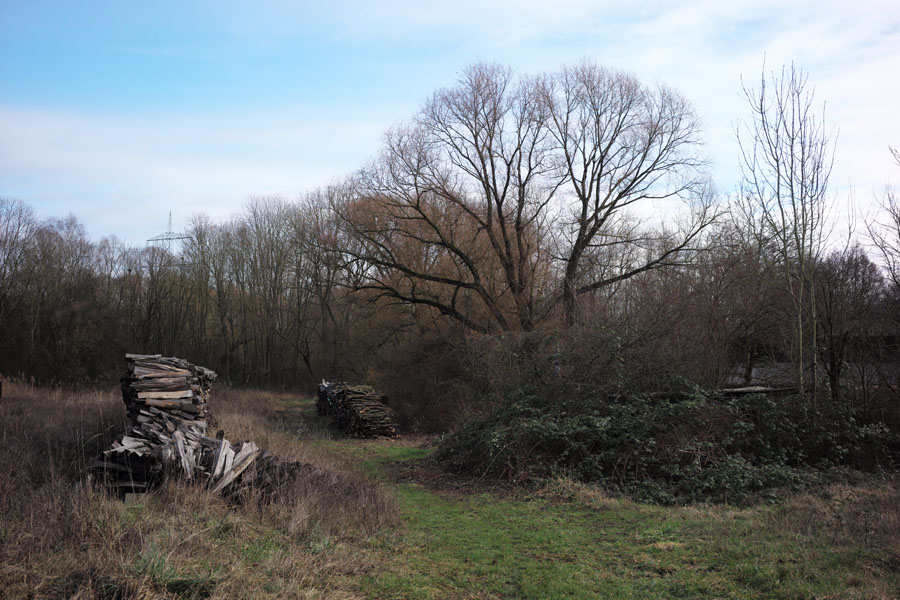 |
|
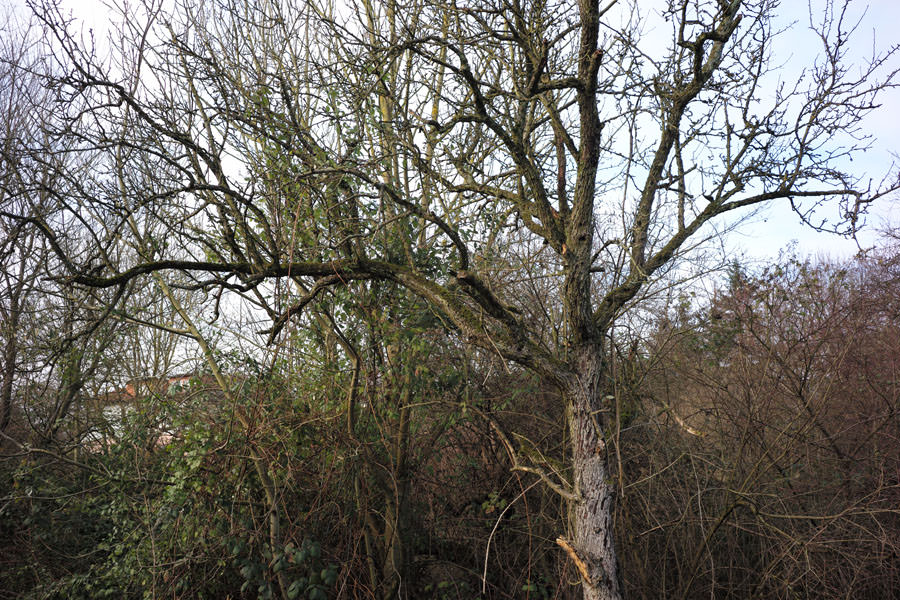 |
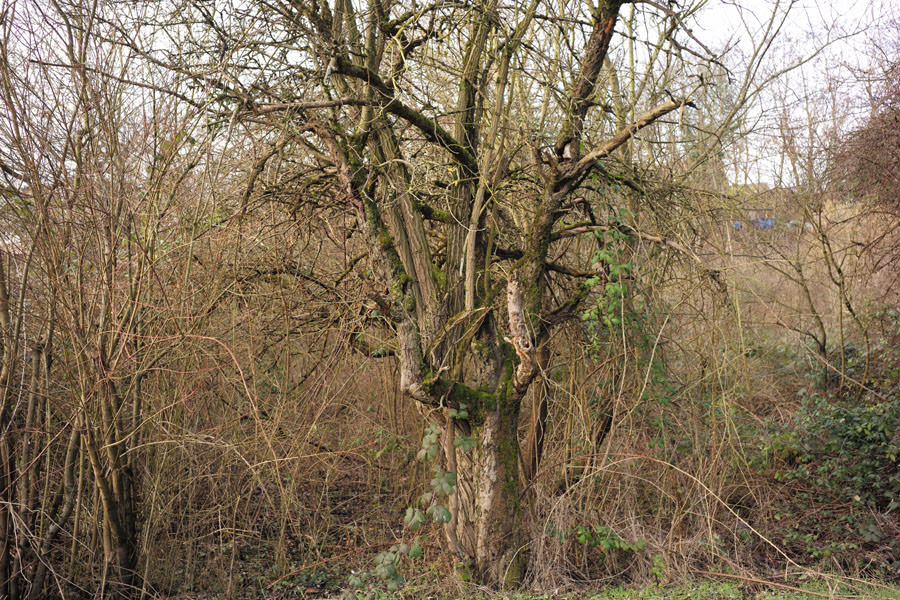 |
|
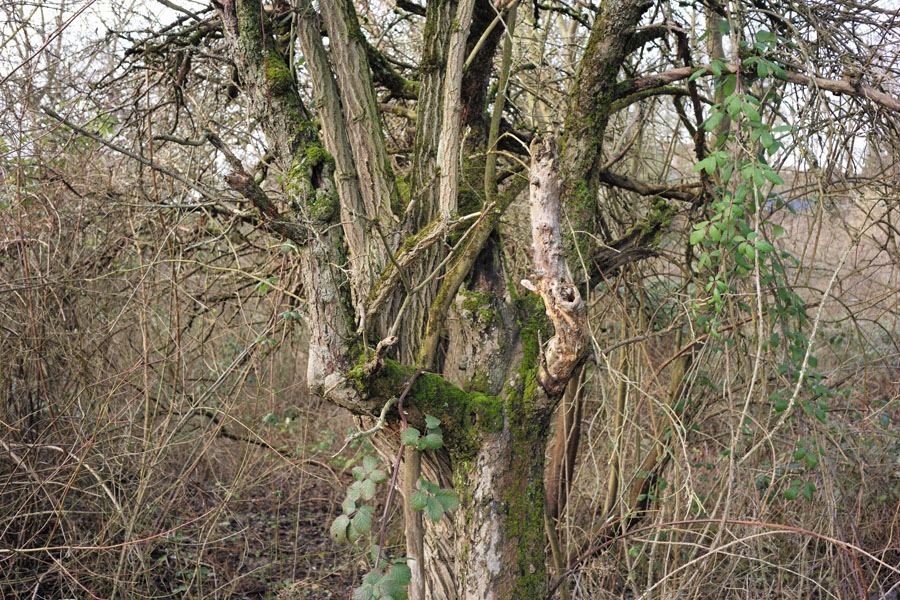 |
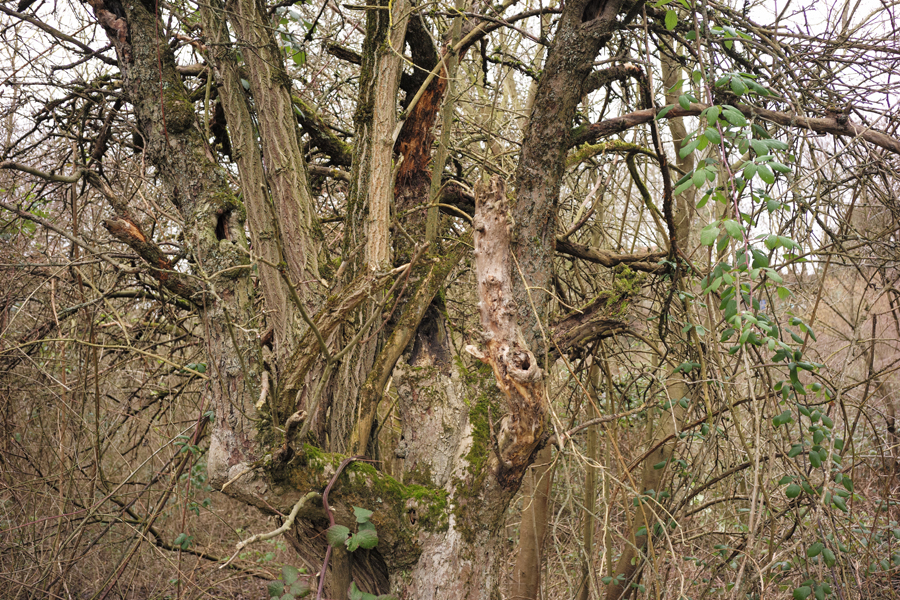 |
|
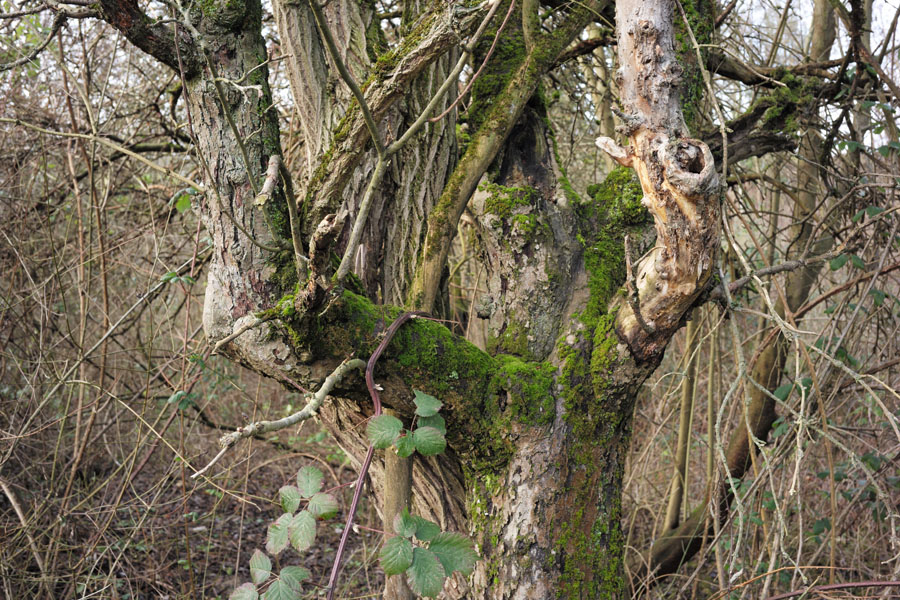 |
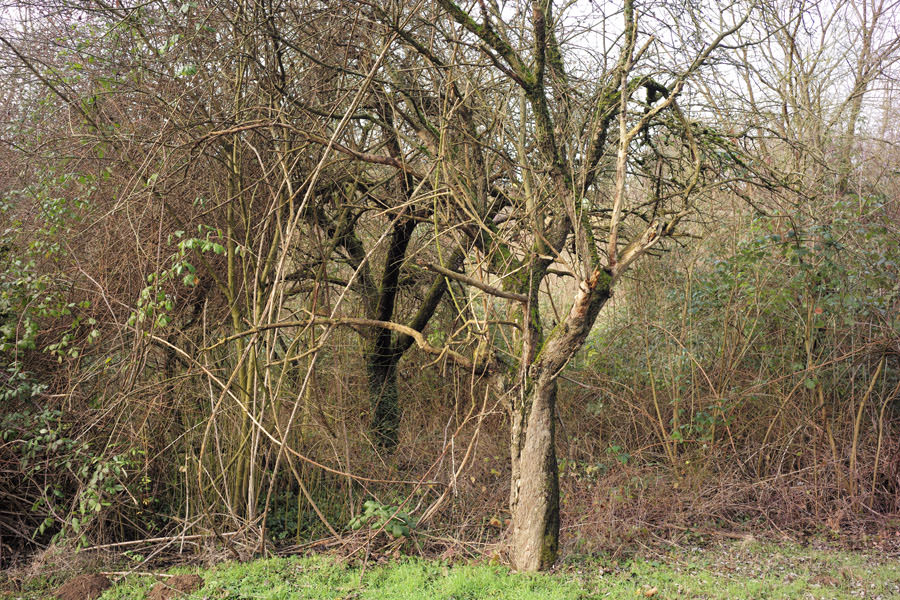 |
|
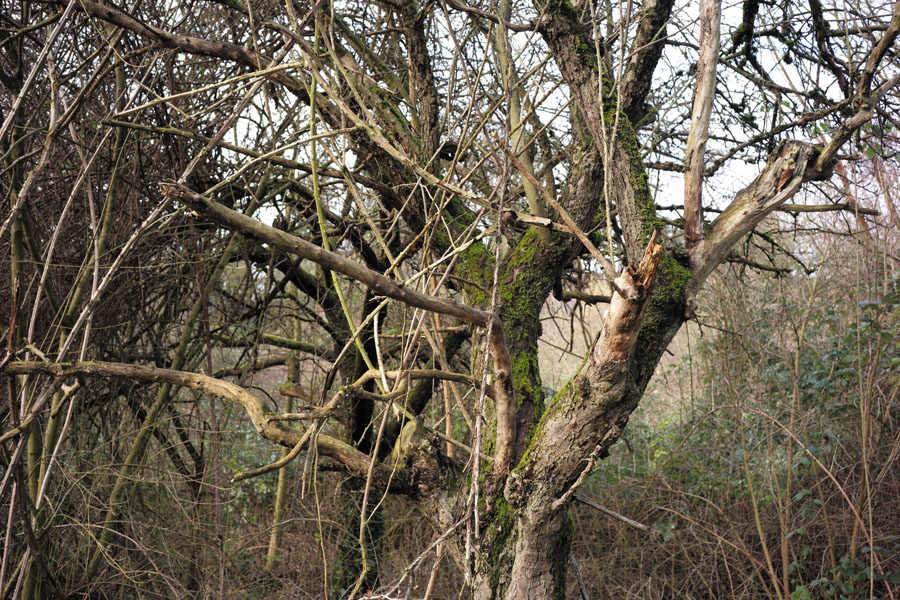 |
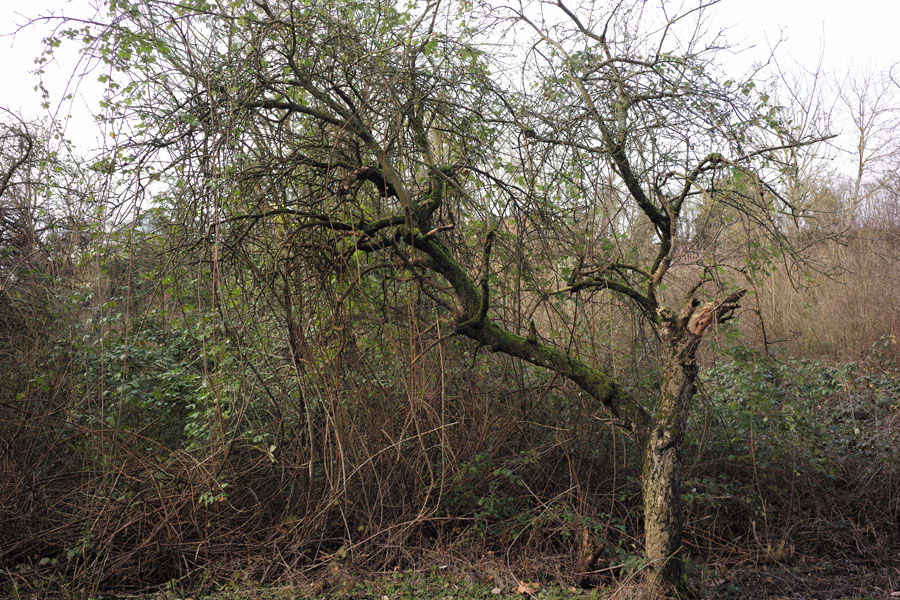 |
|
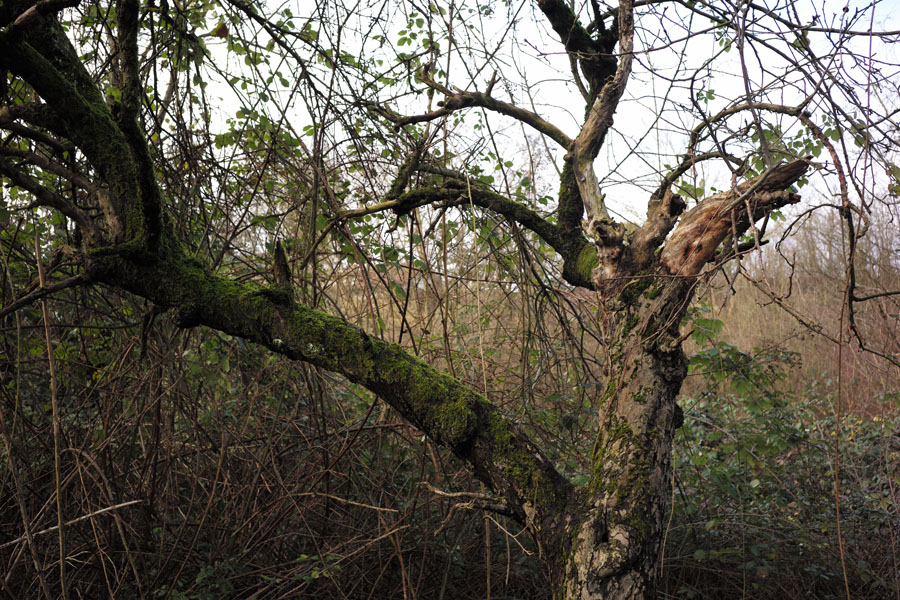 |
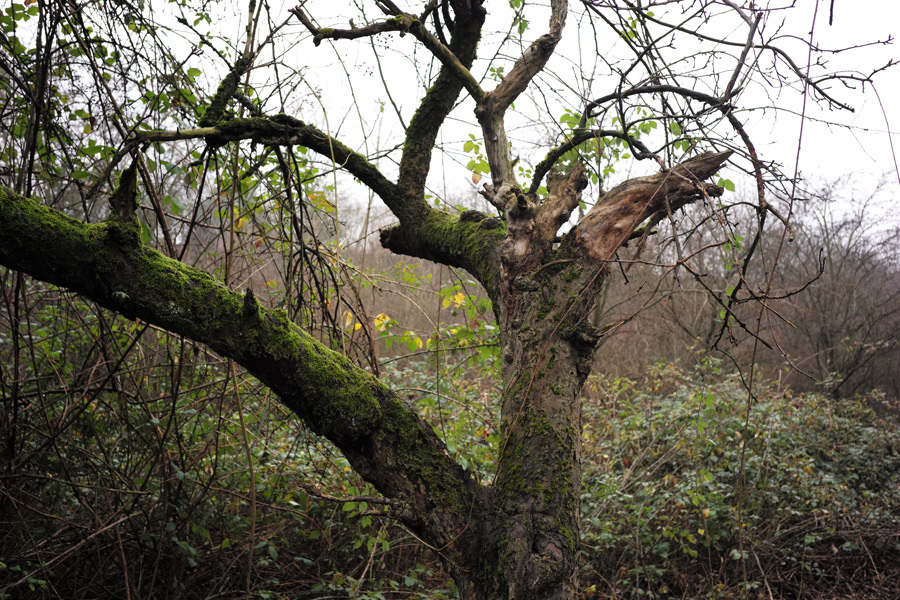 |
|
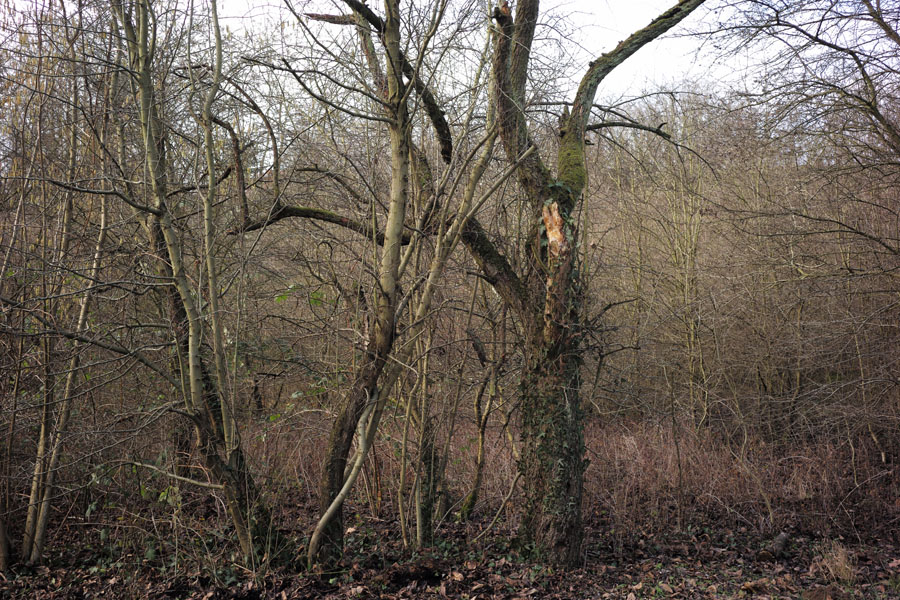 |
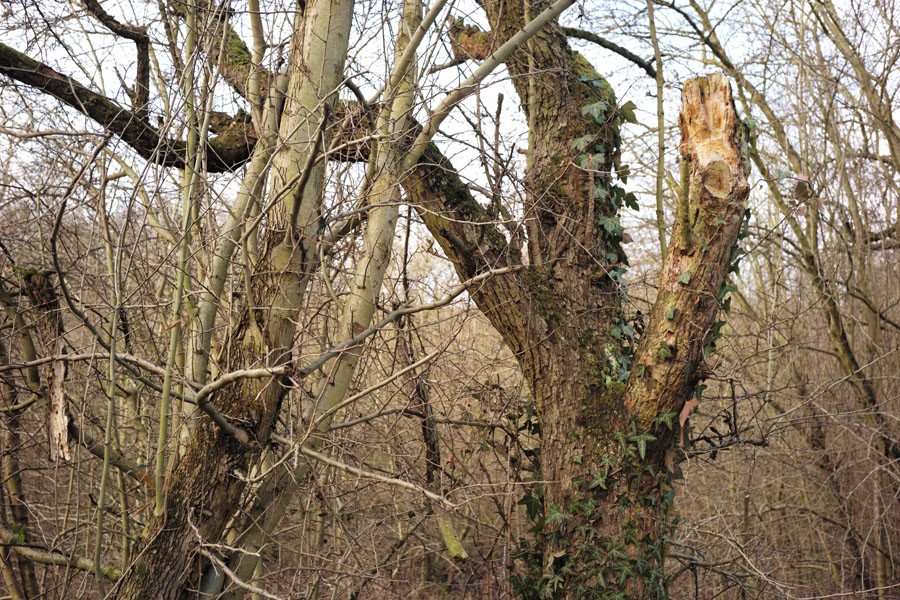 |
|
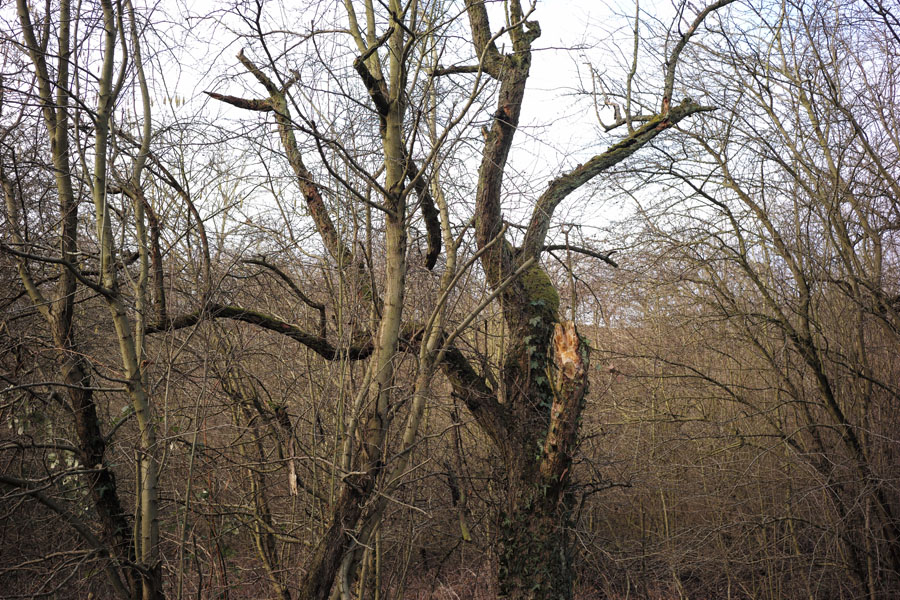 |
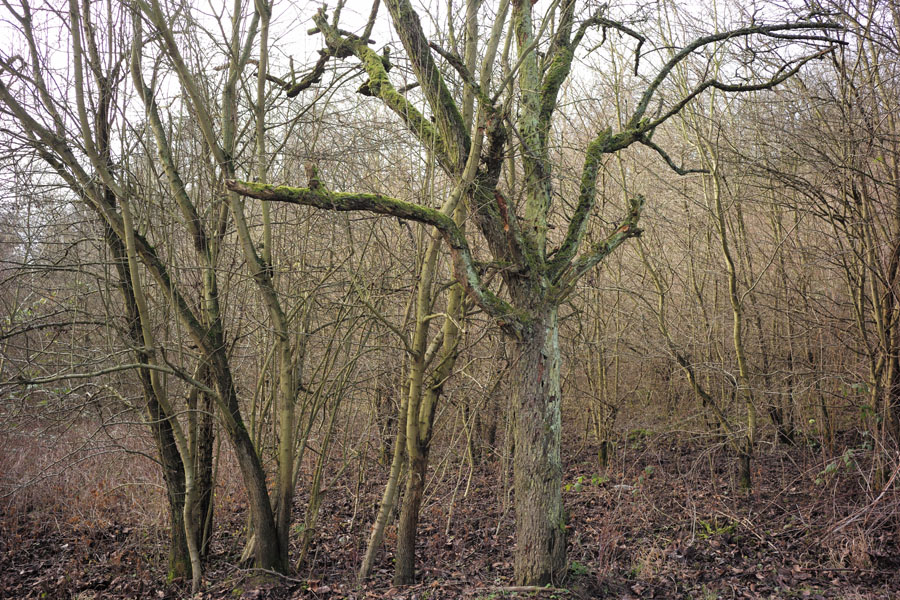 |
|
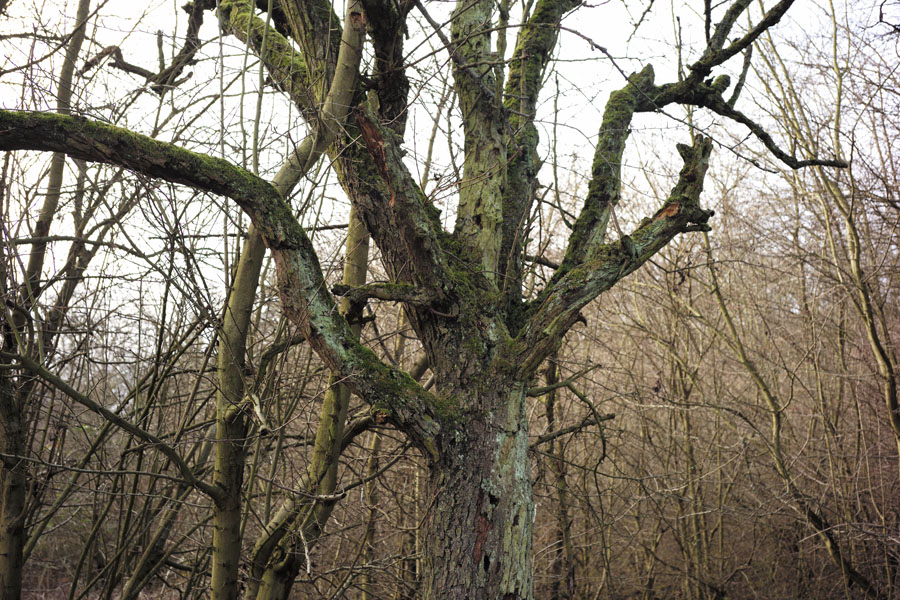 |
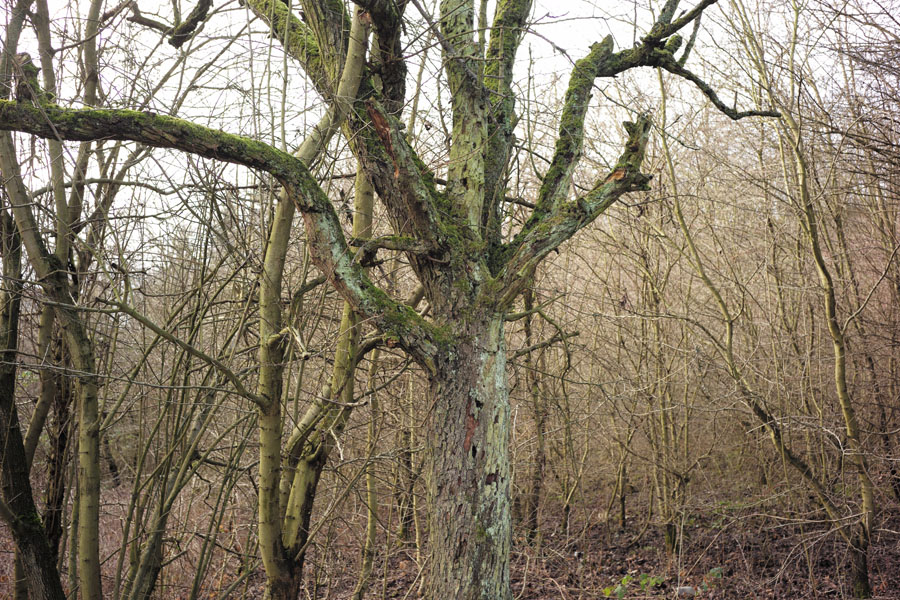 |
|
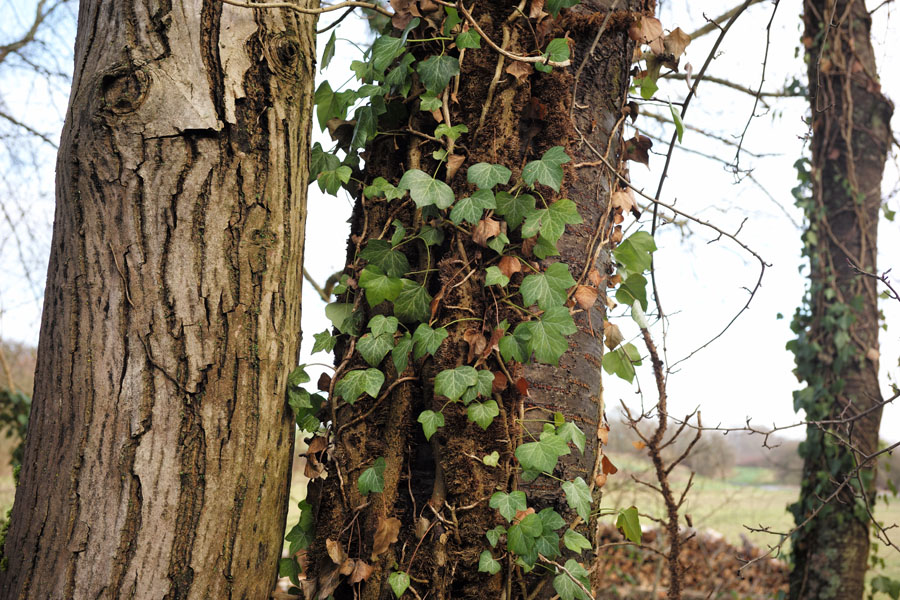 |
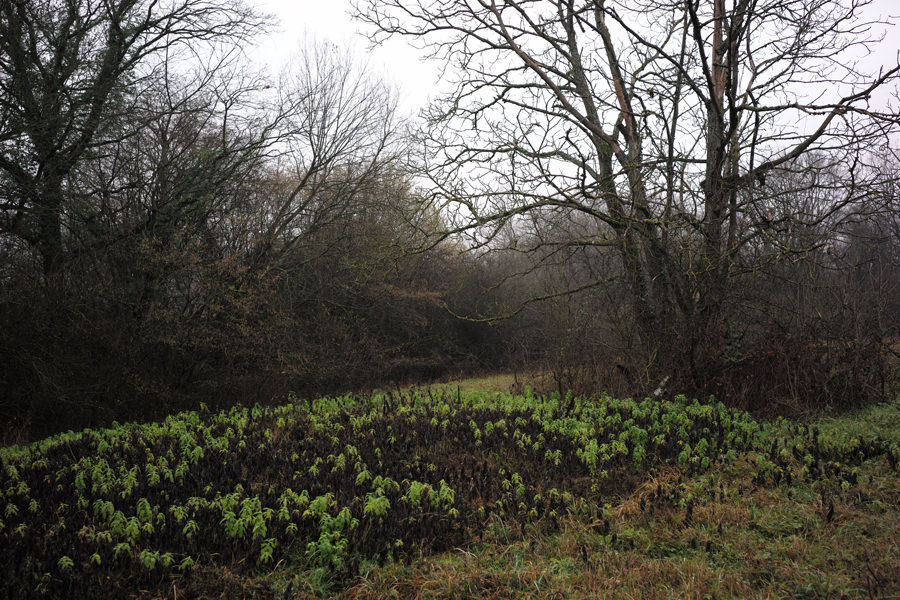 |
|
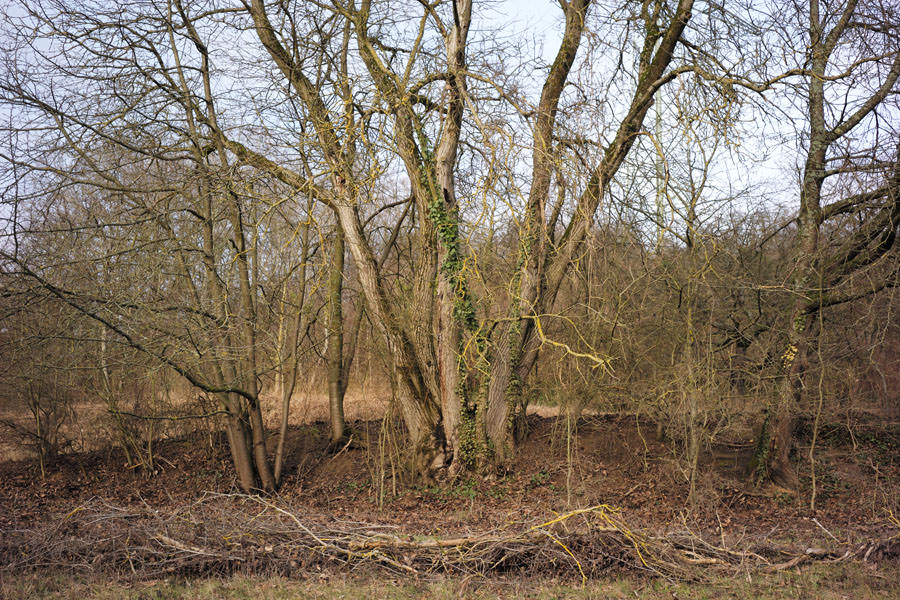 |
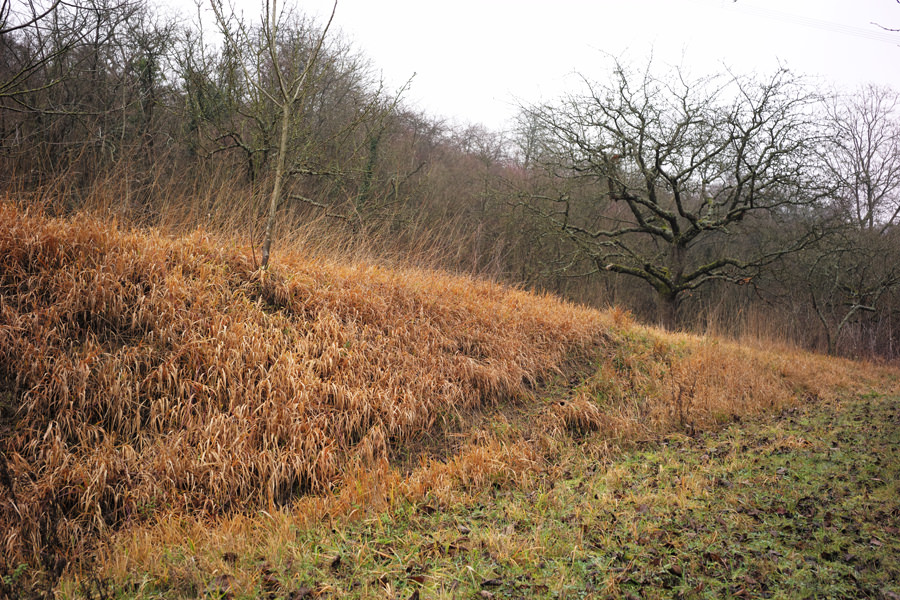 |
|
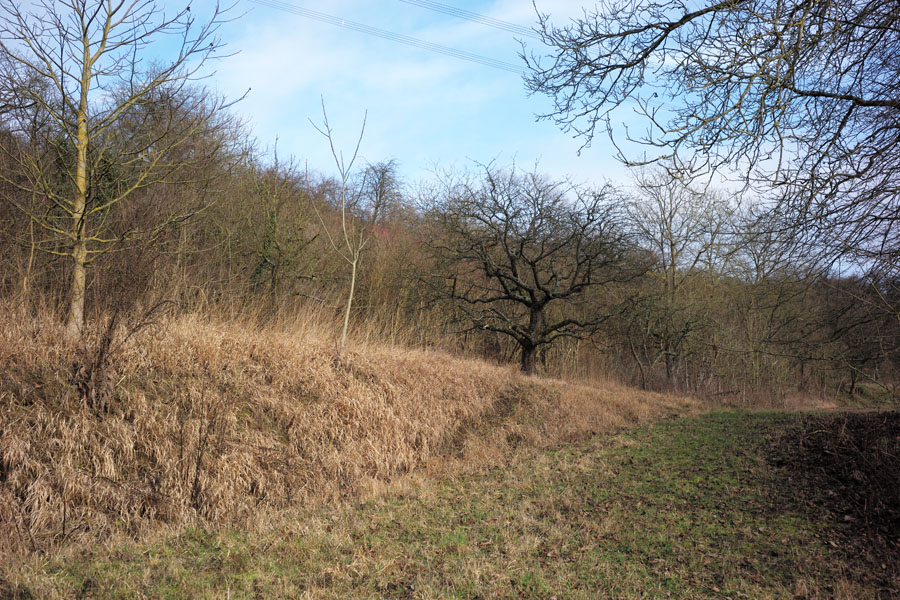 |
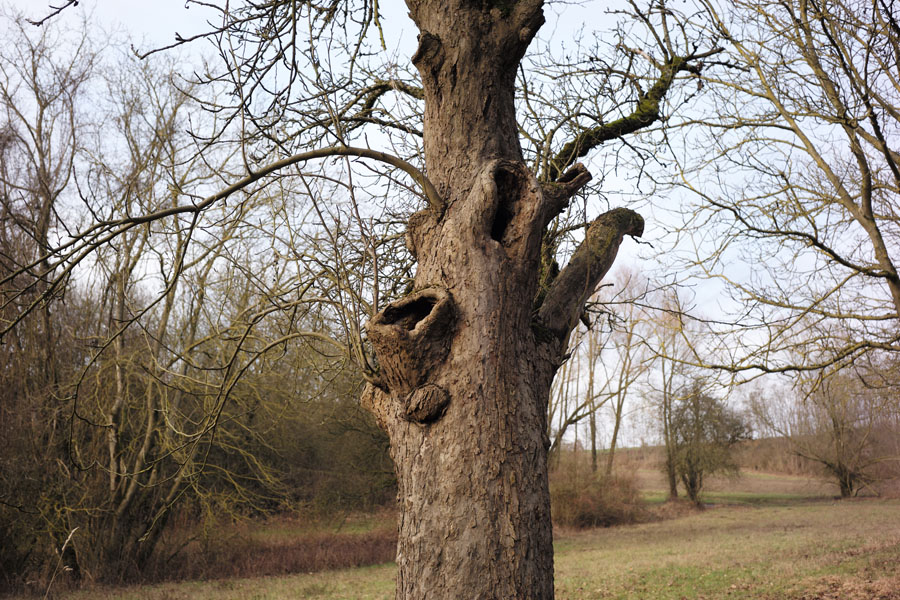 |
|
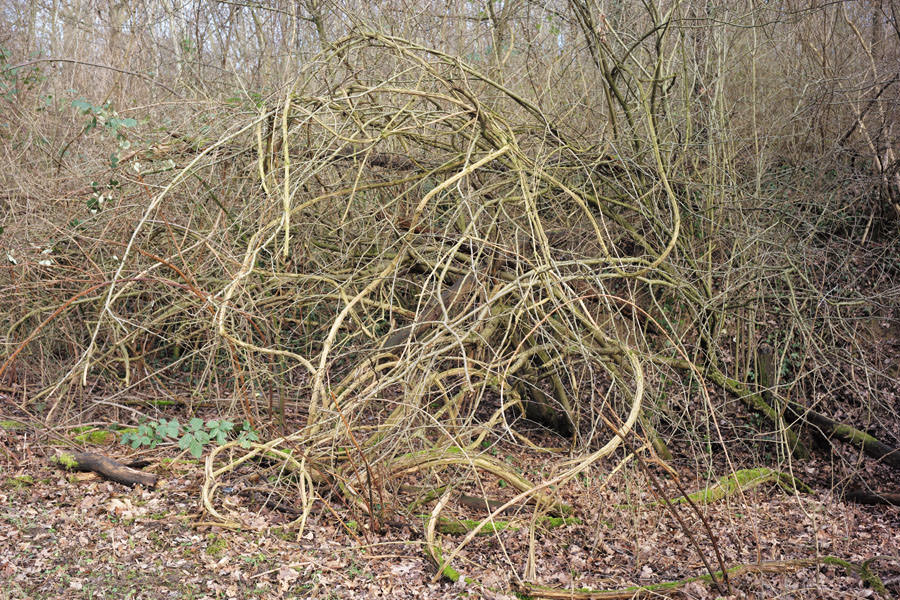 |
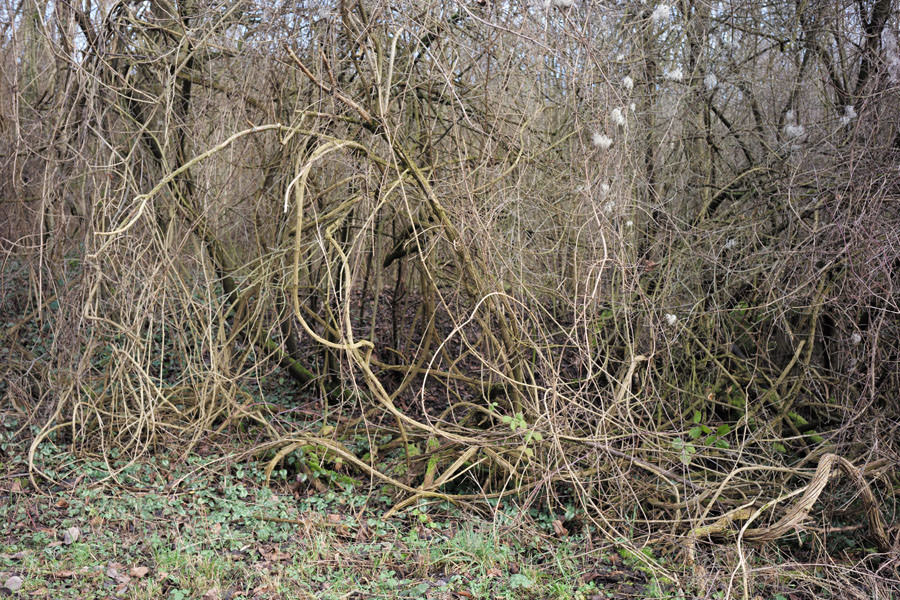 |
|
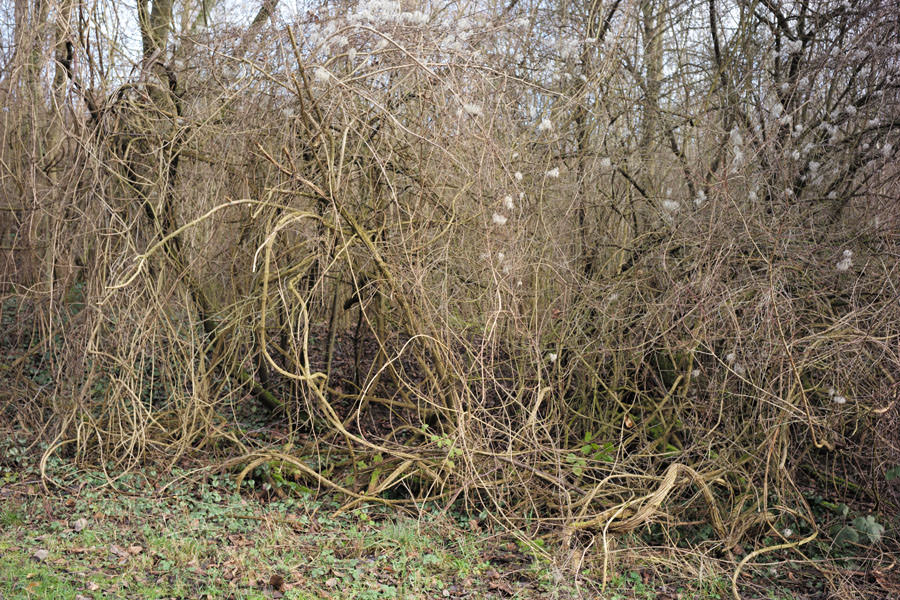 |
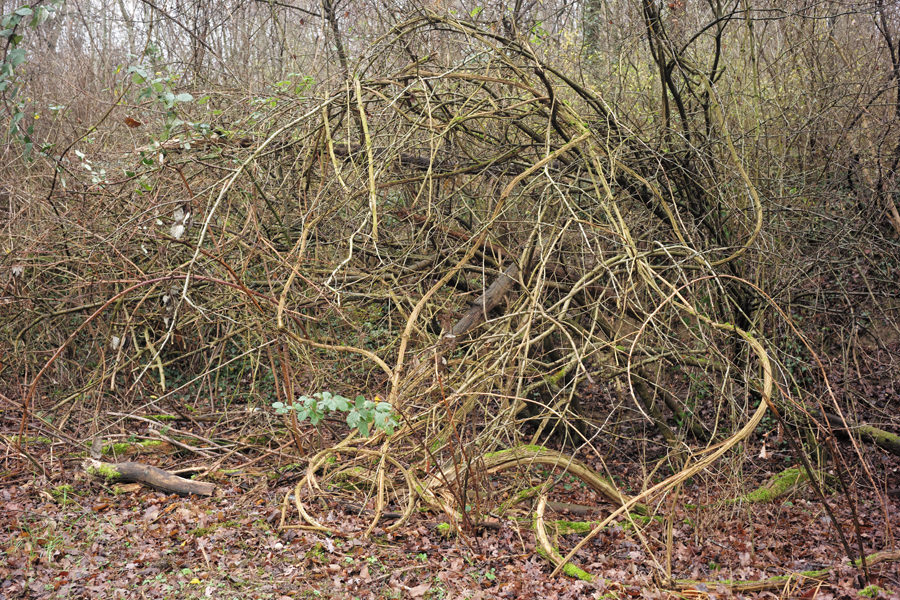 |
|
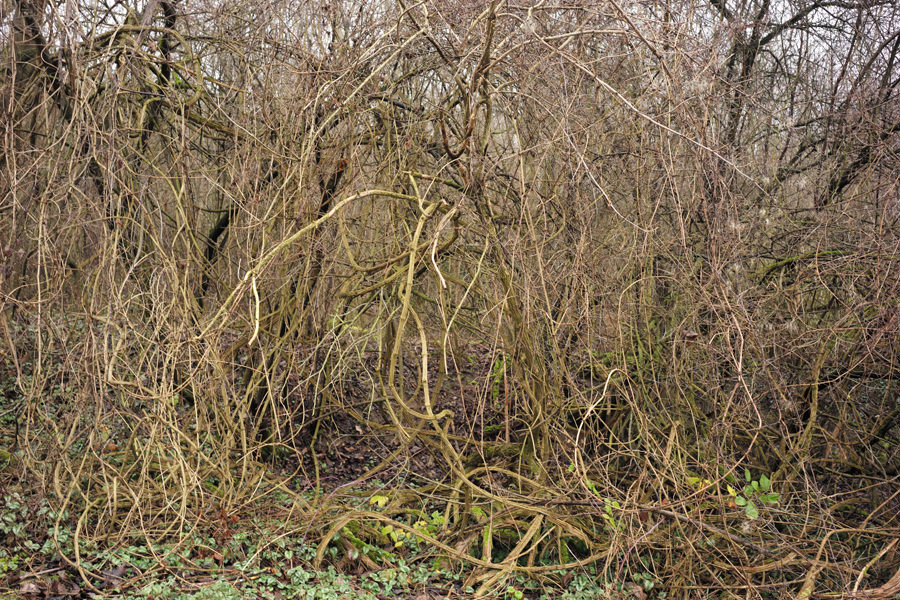 |
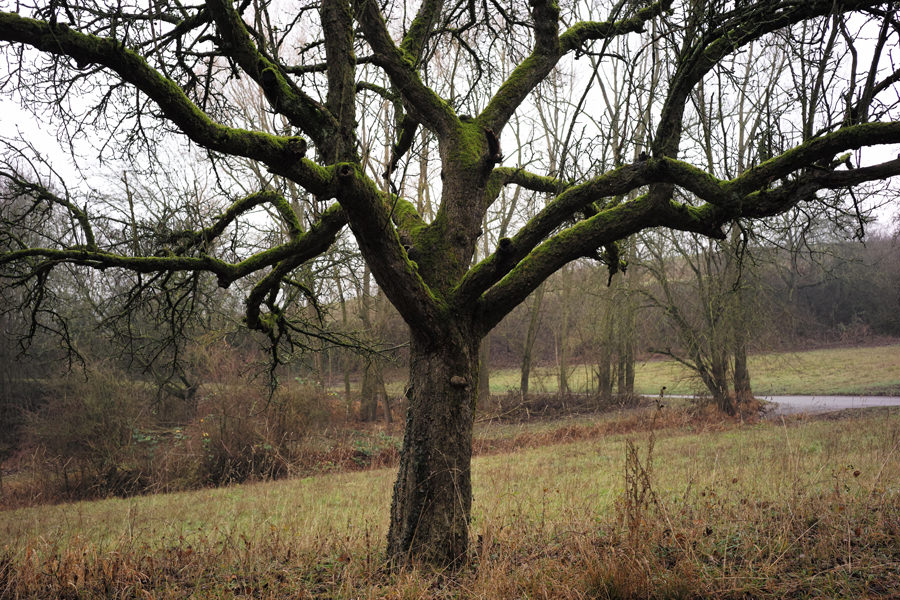 |
|
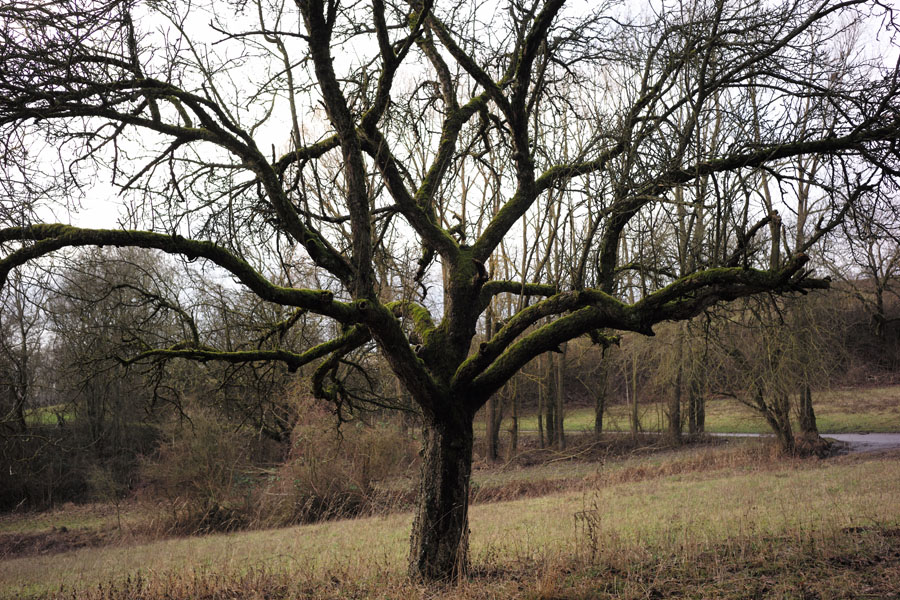 |
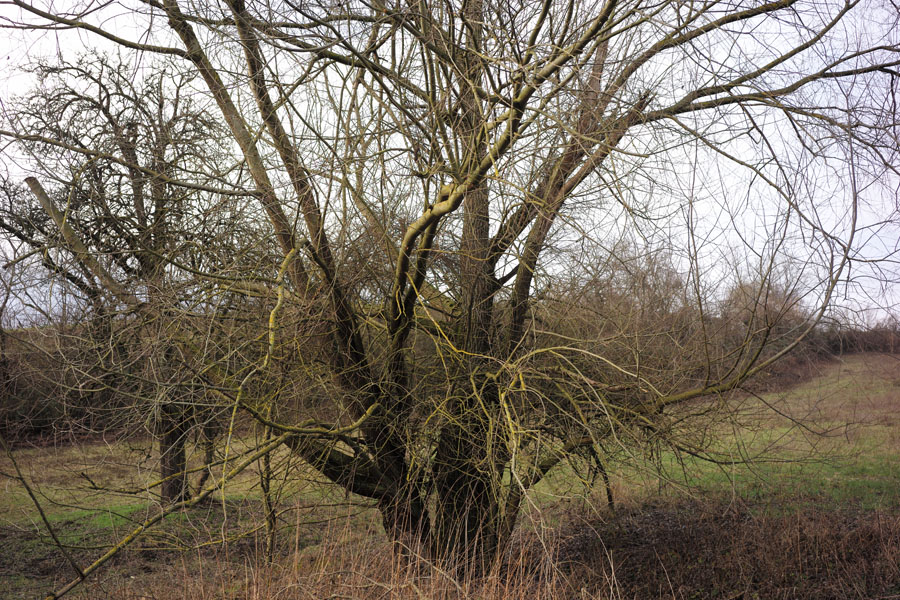 |
|
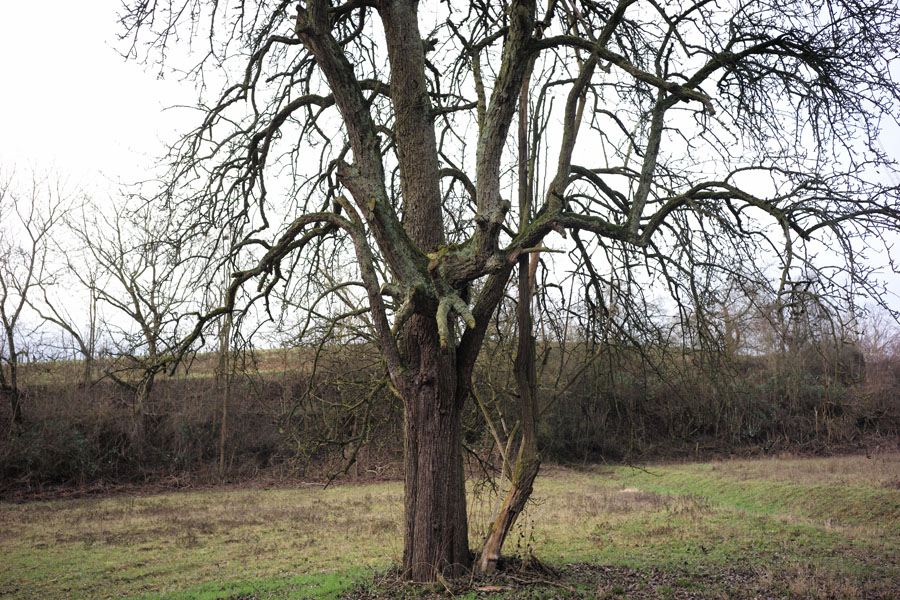 |
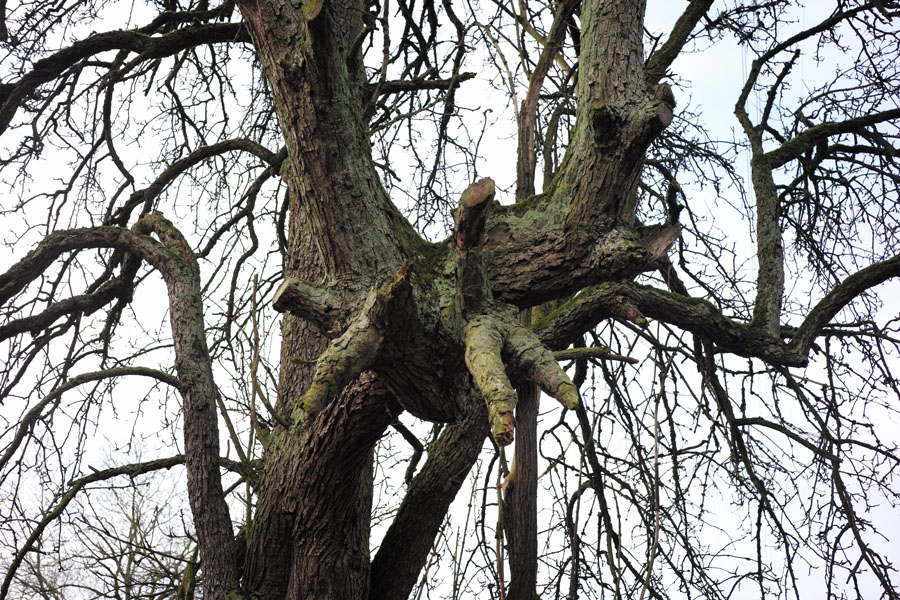 |
|
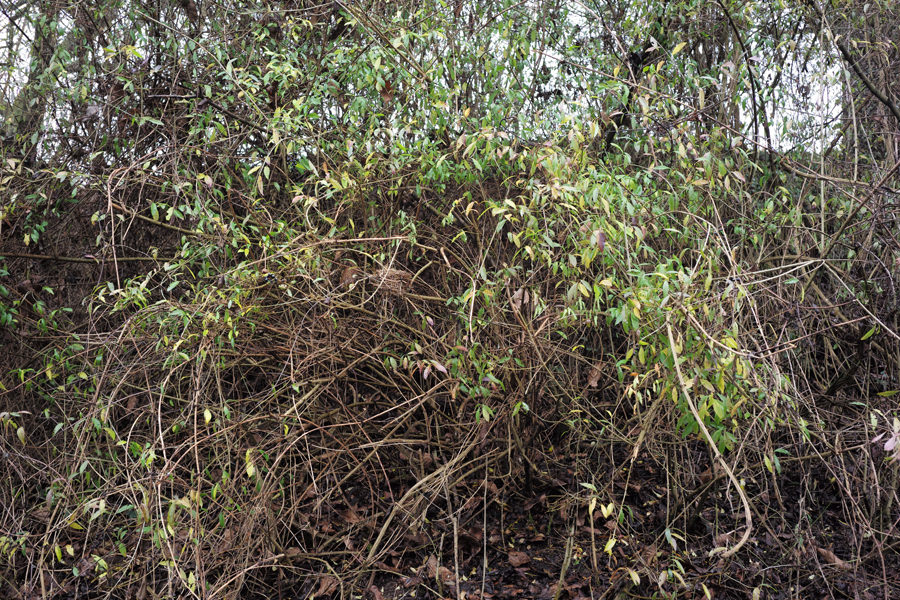 |
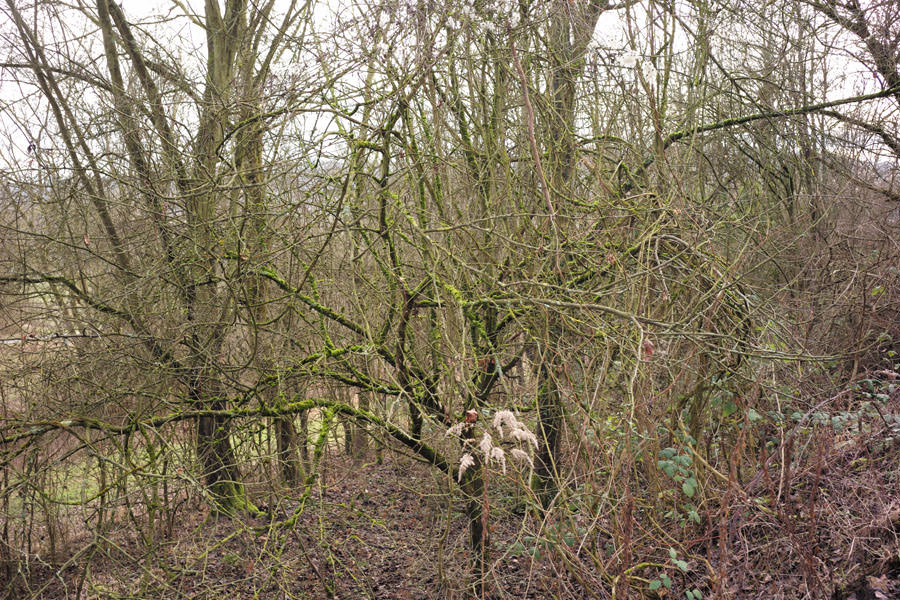 |
|
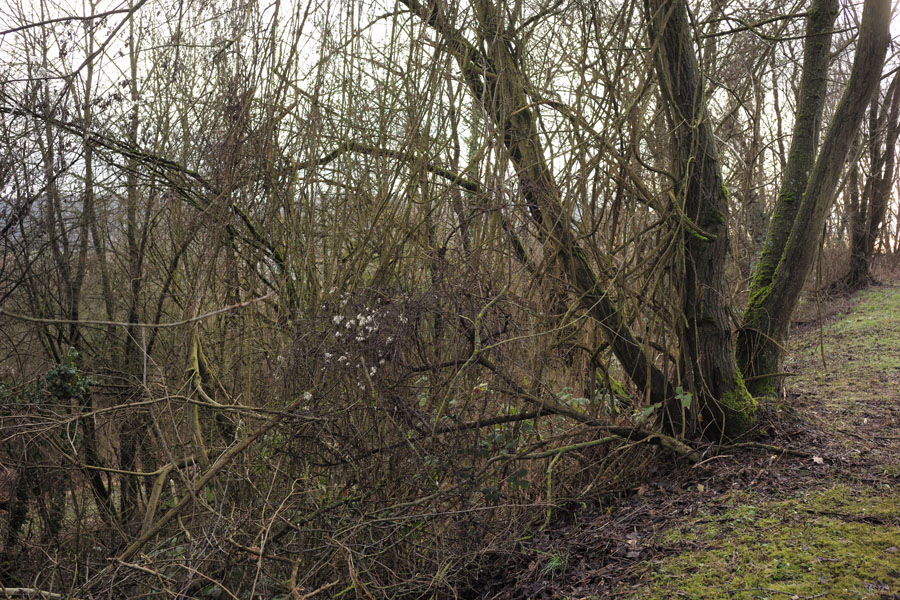 |
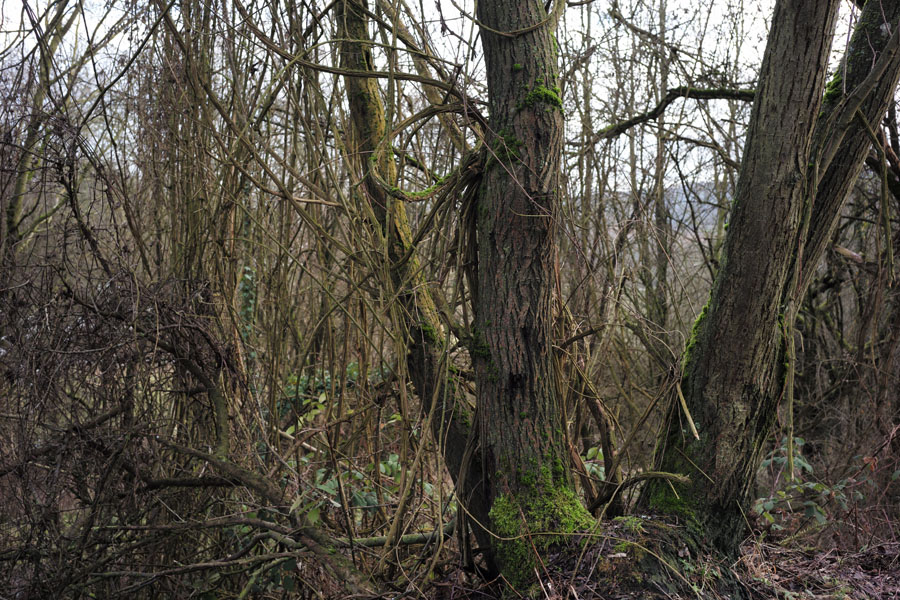 |
|
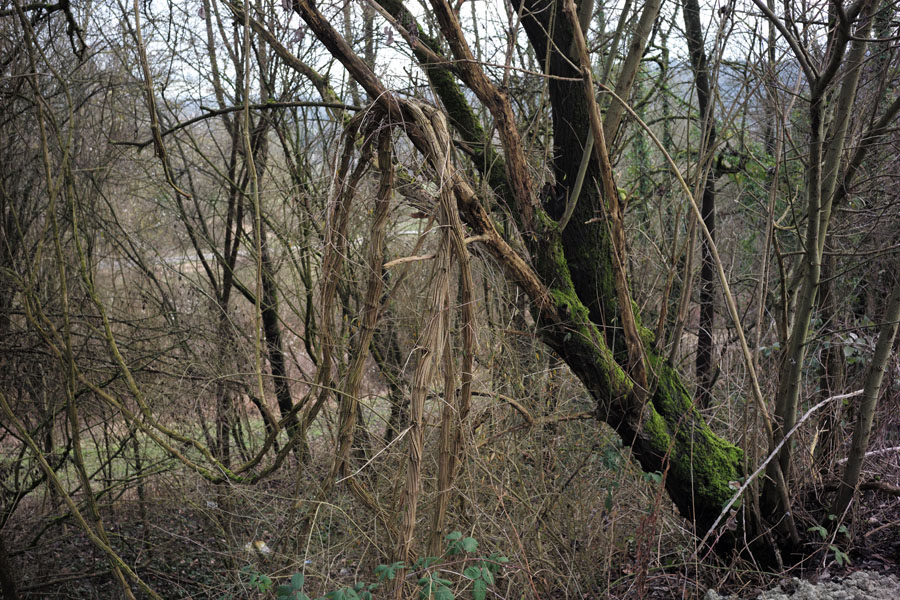 |
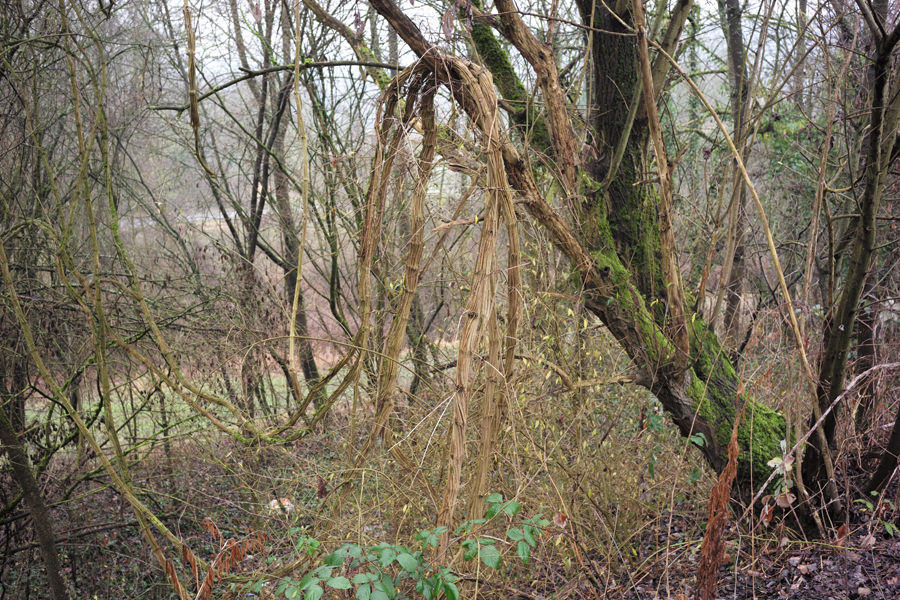 |
|
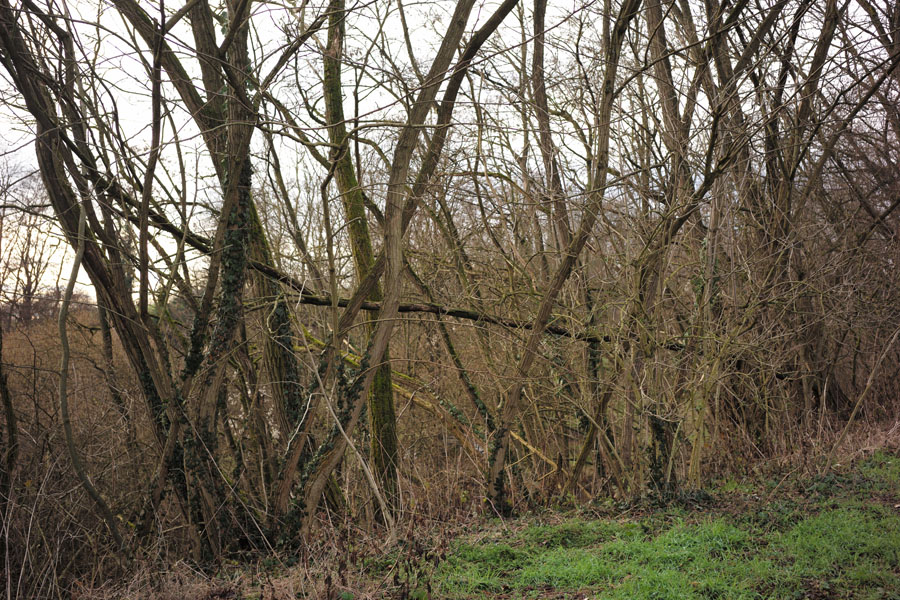 |
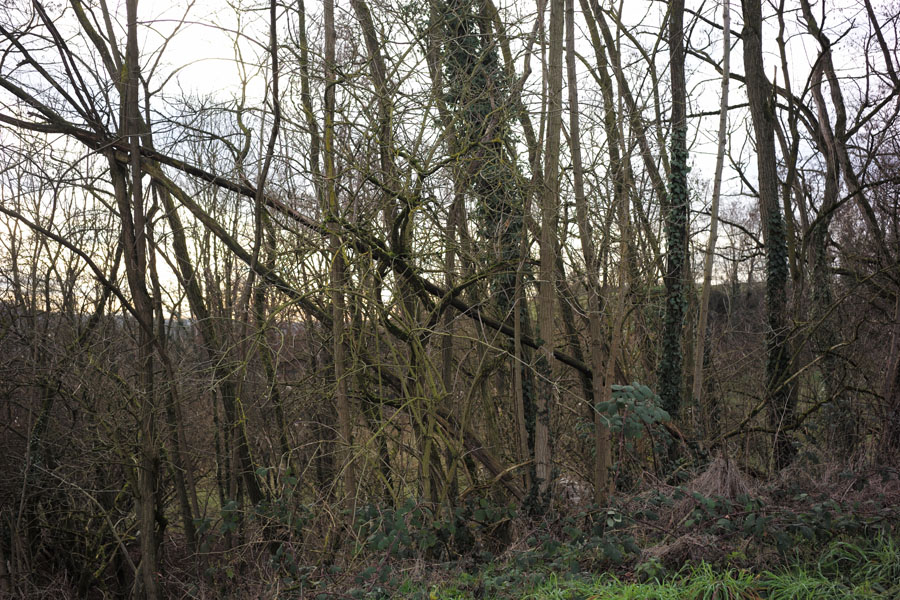 |
|
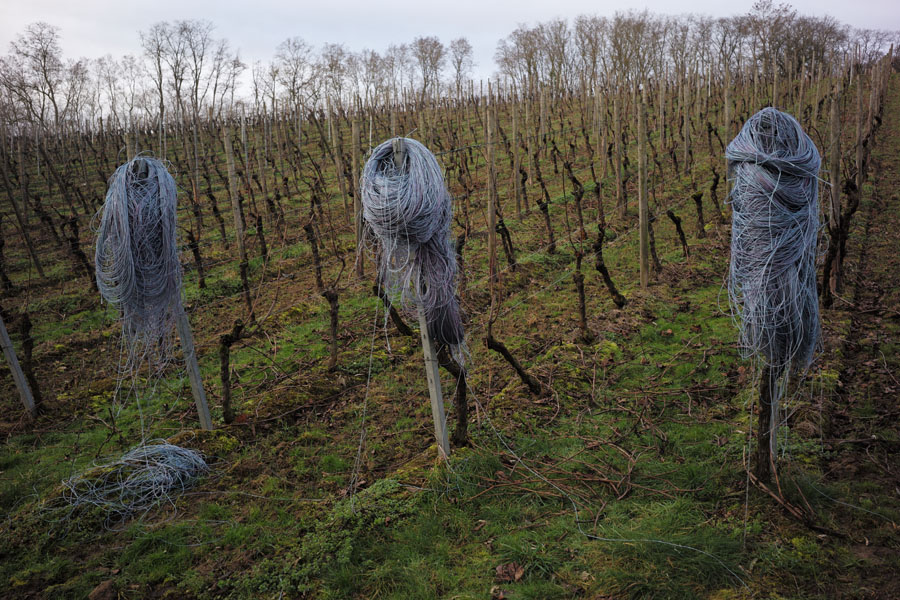 |
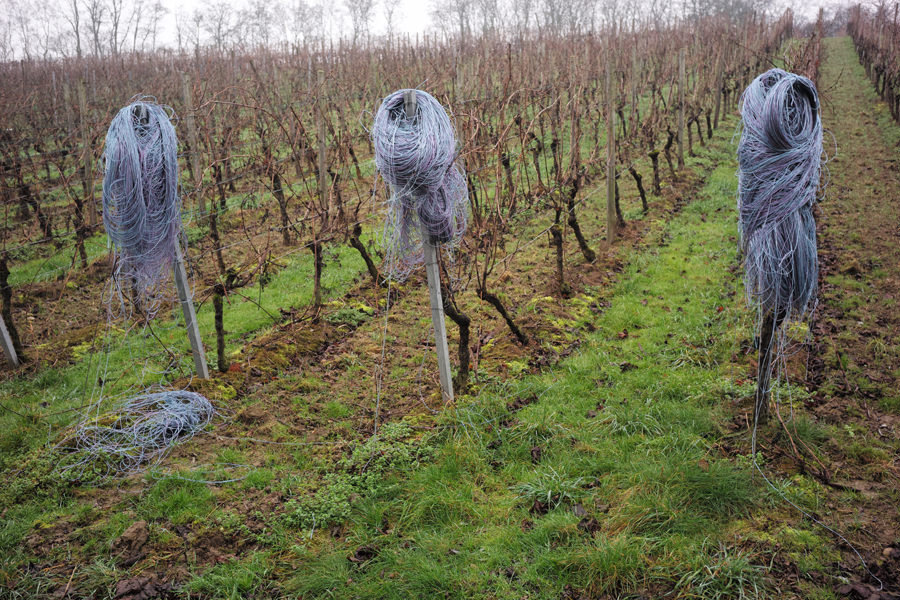 |
|
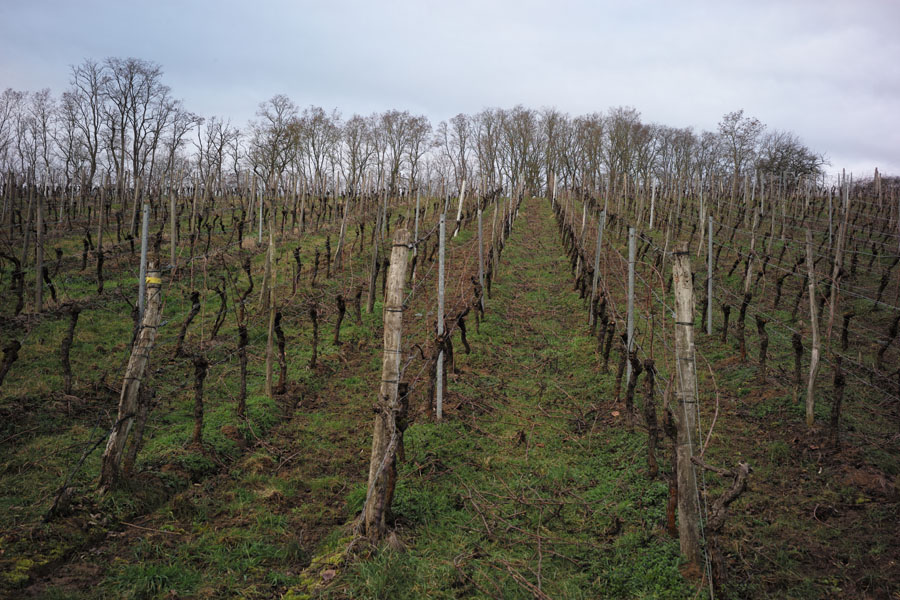 |
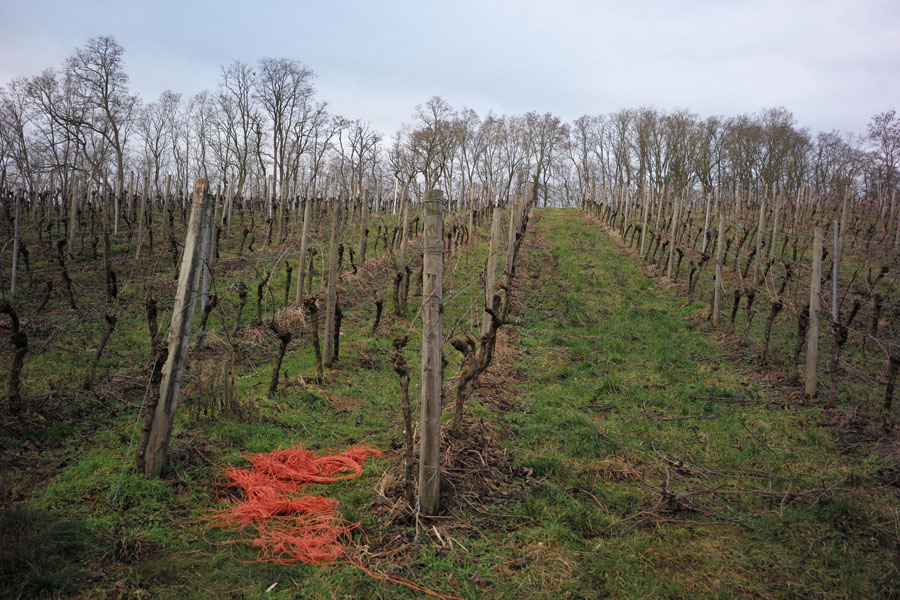 |
|
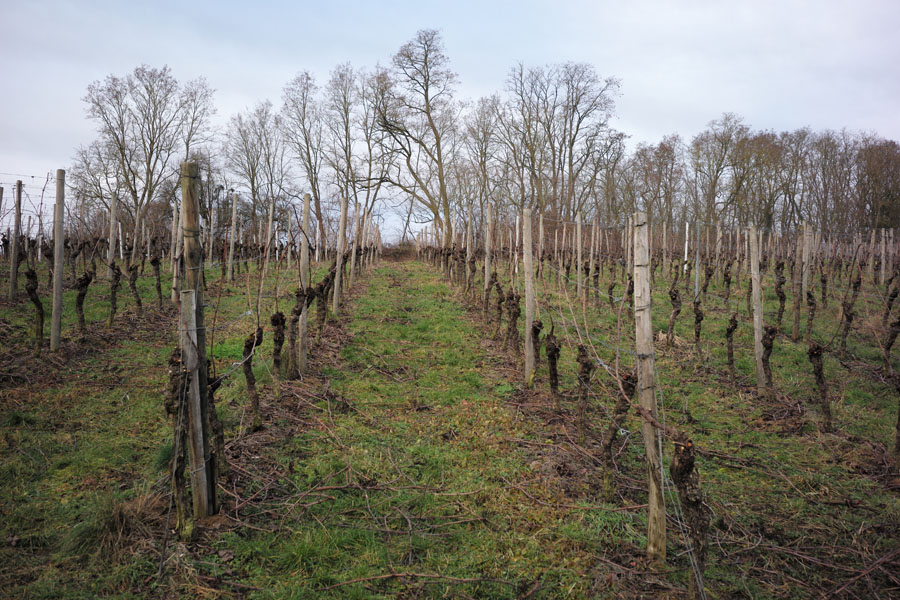 |
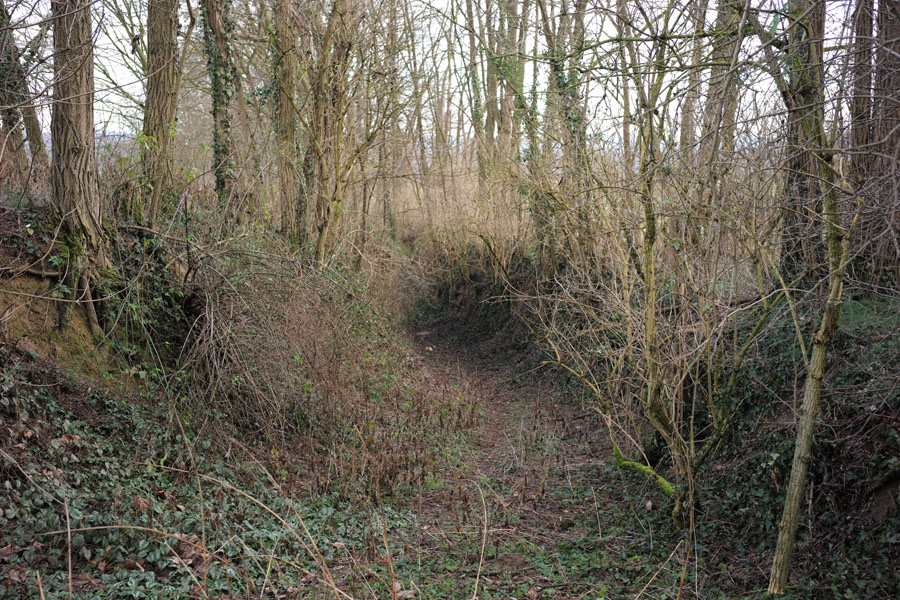 |
|
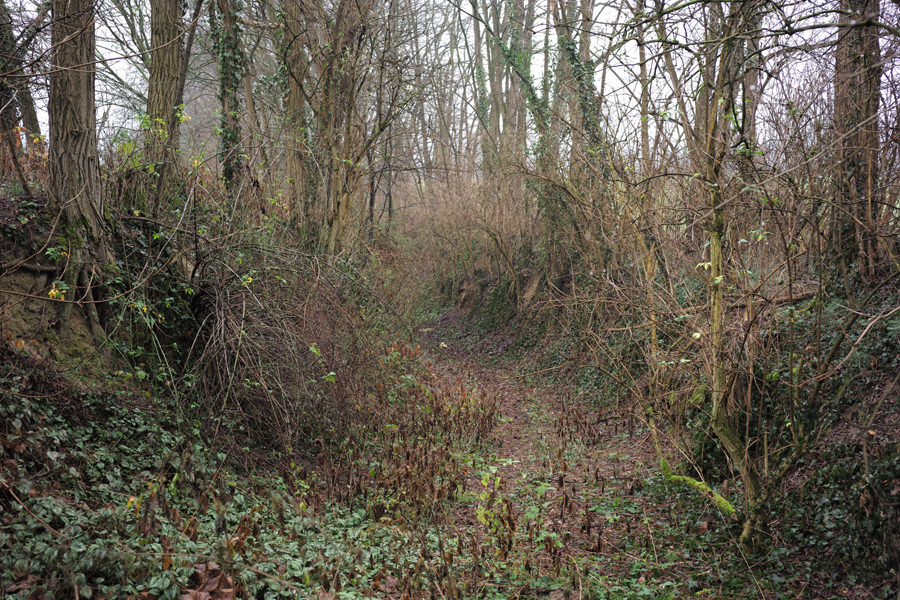 |
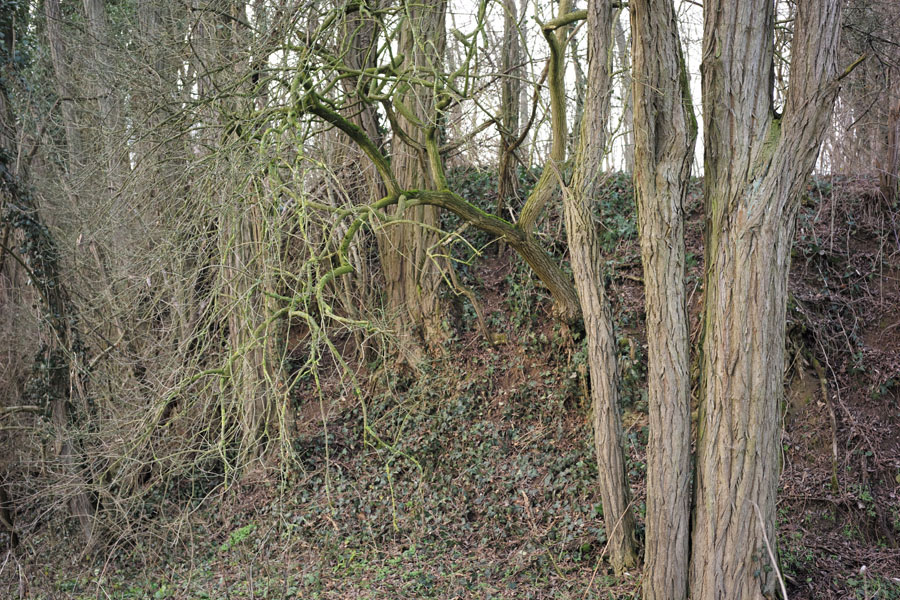 |
|
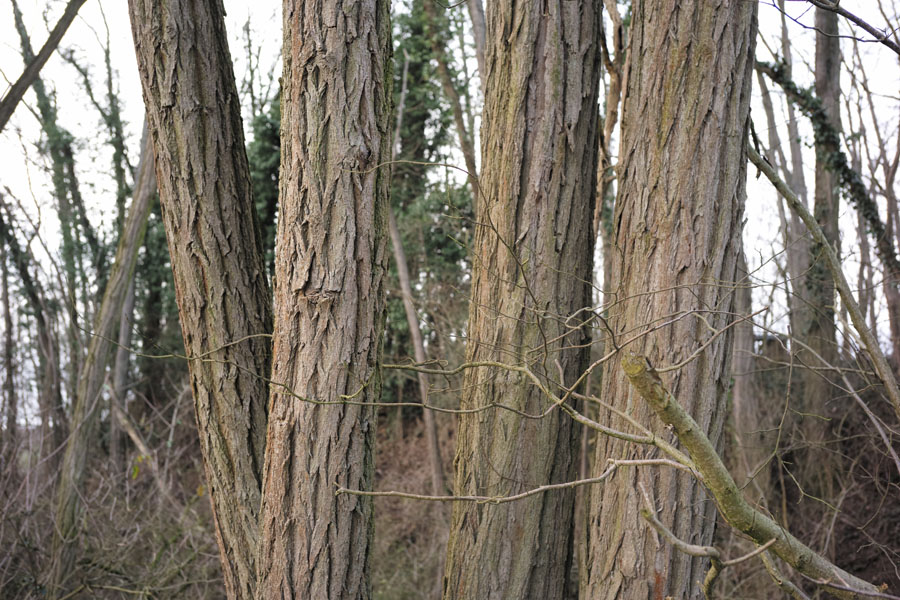 |
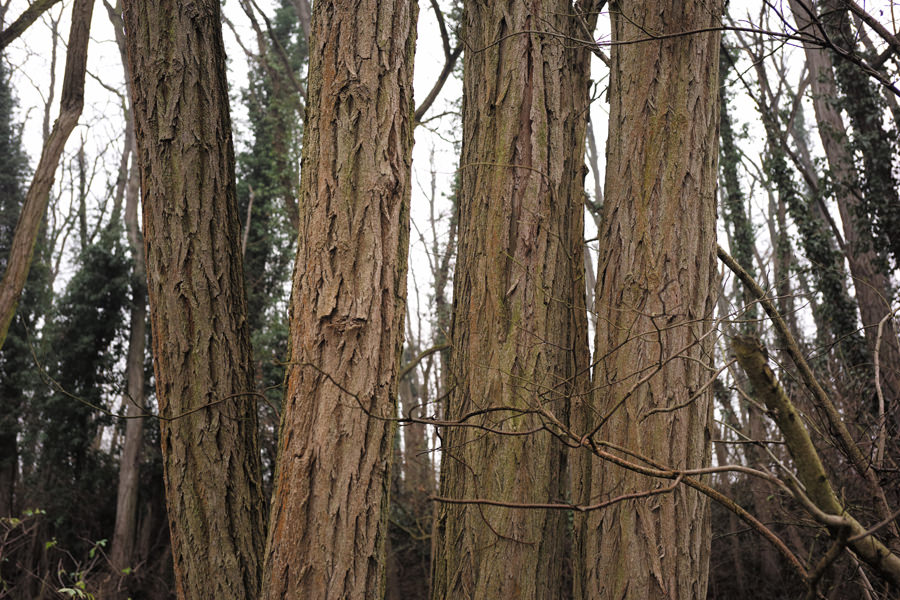 |
|
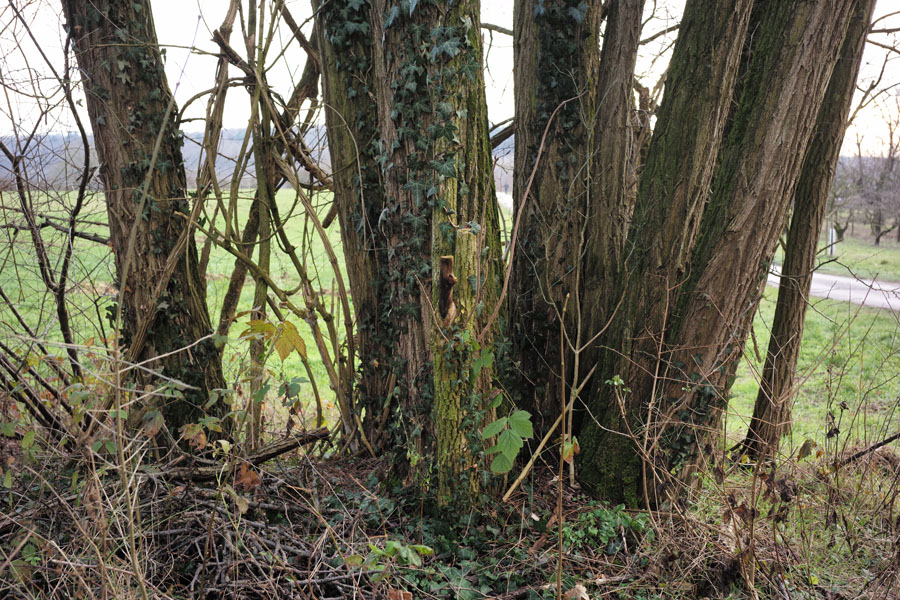 |
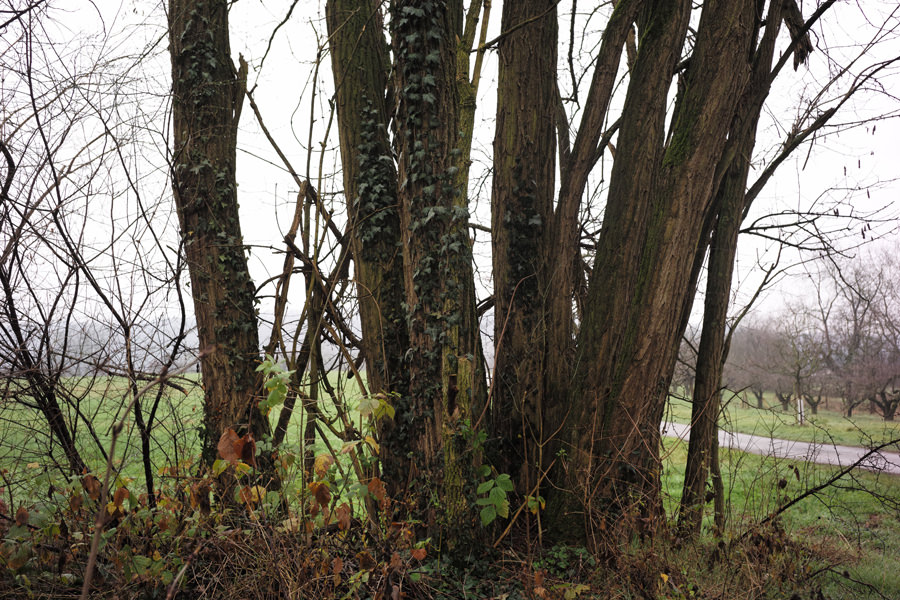 |
|
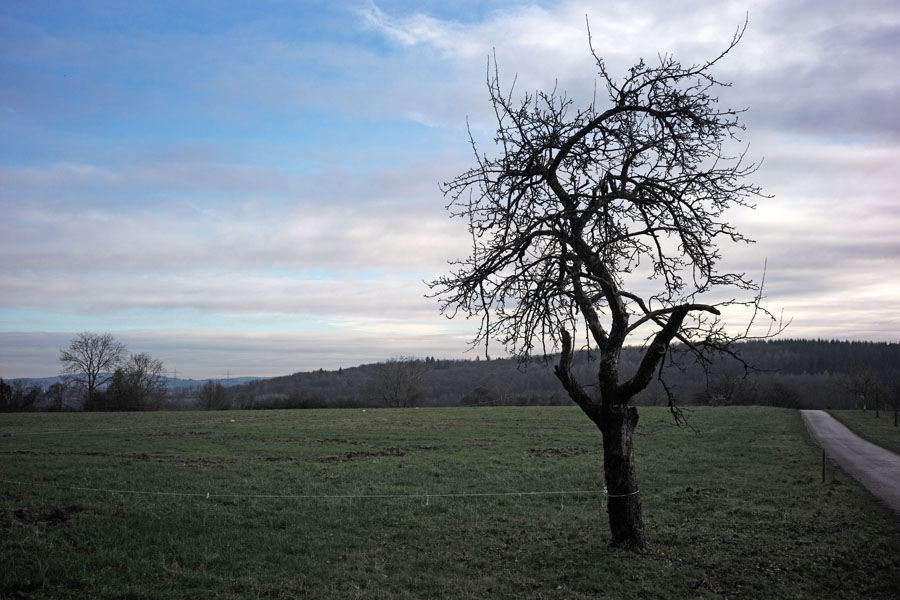 |
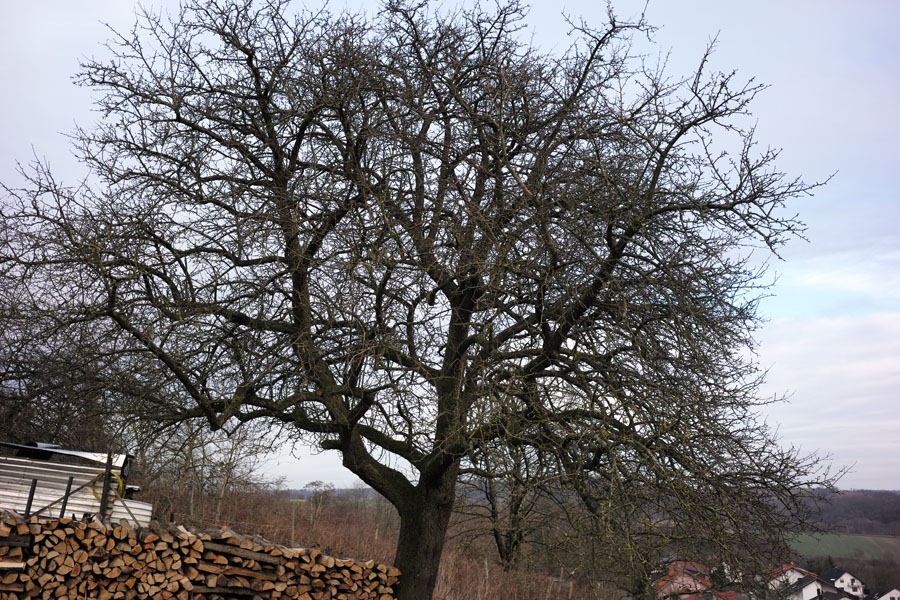 |
|
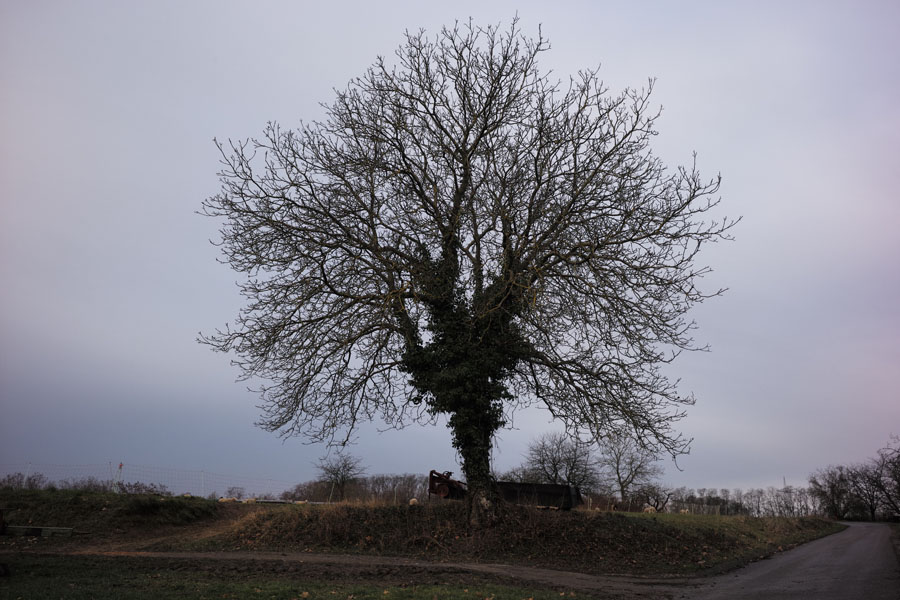 |
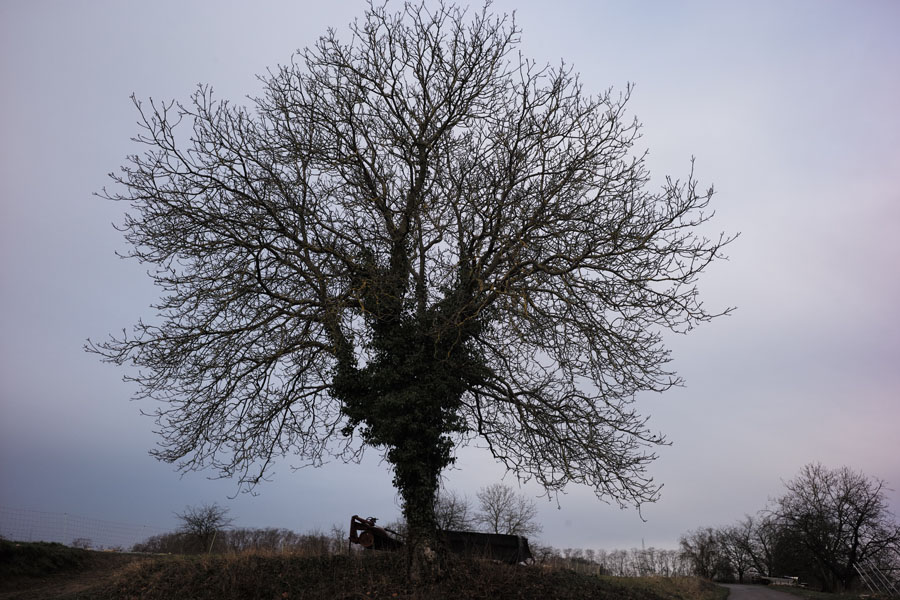 |
|
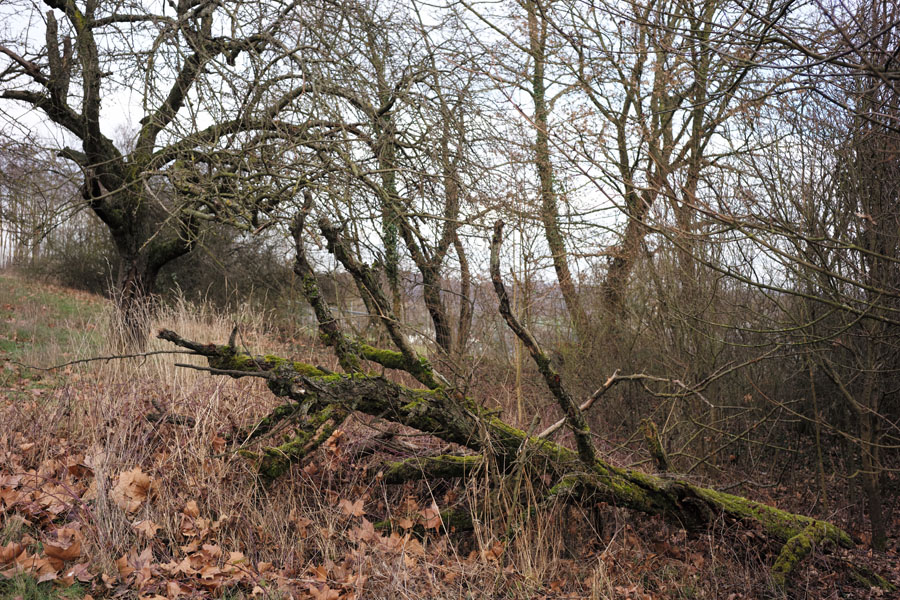 |
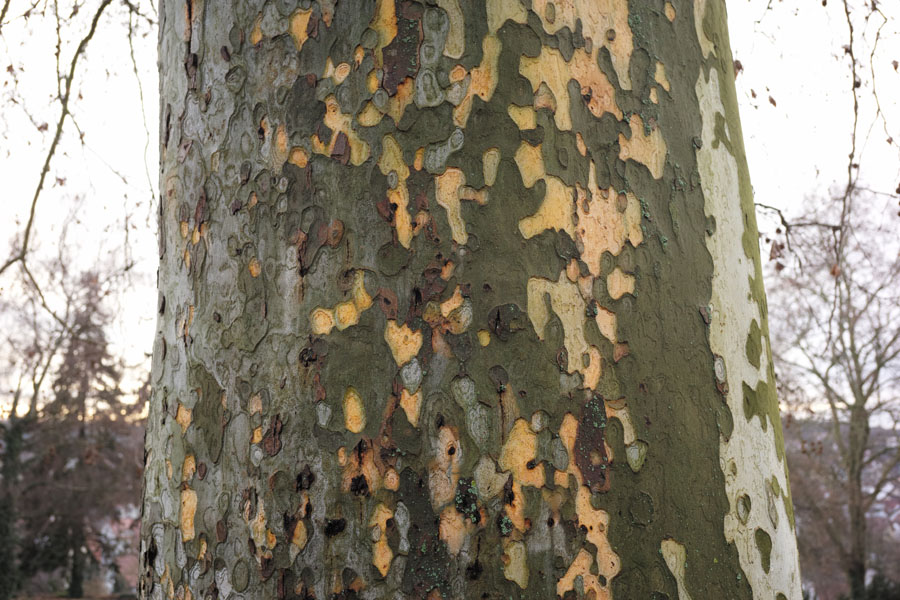 |
|
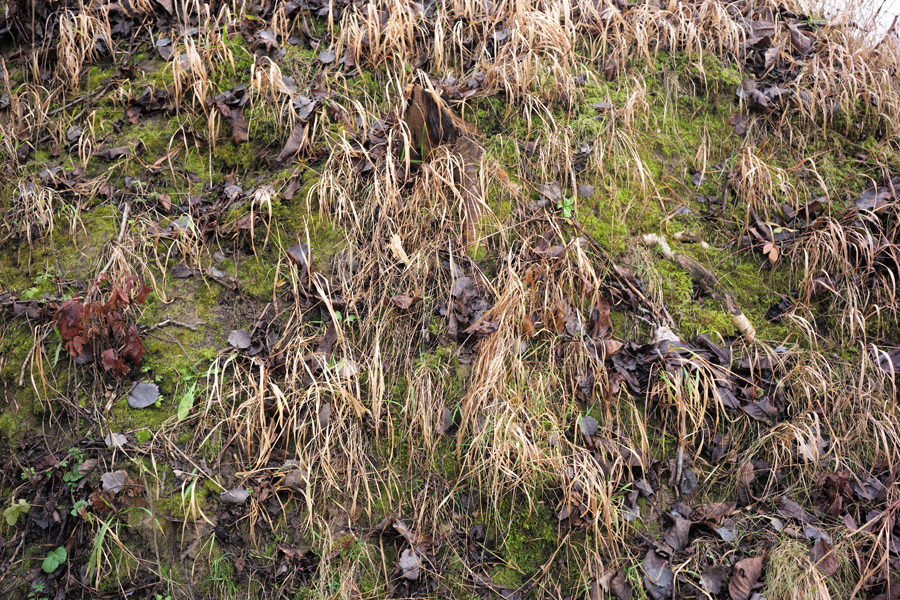 |
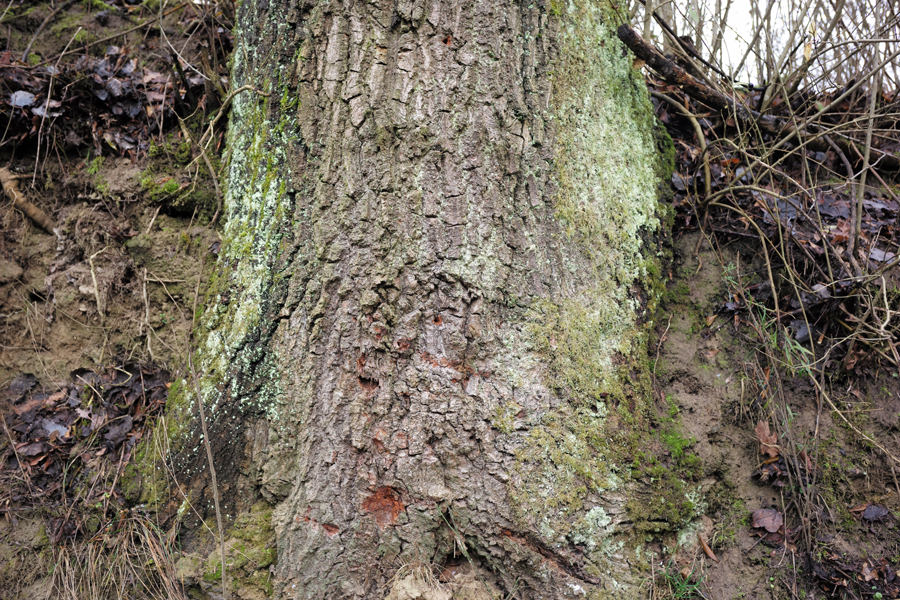 |
|
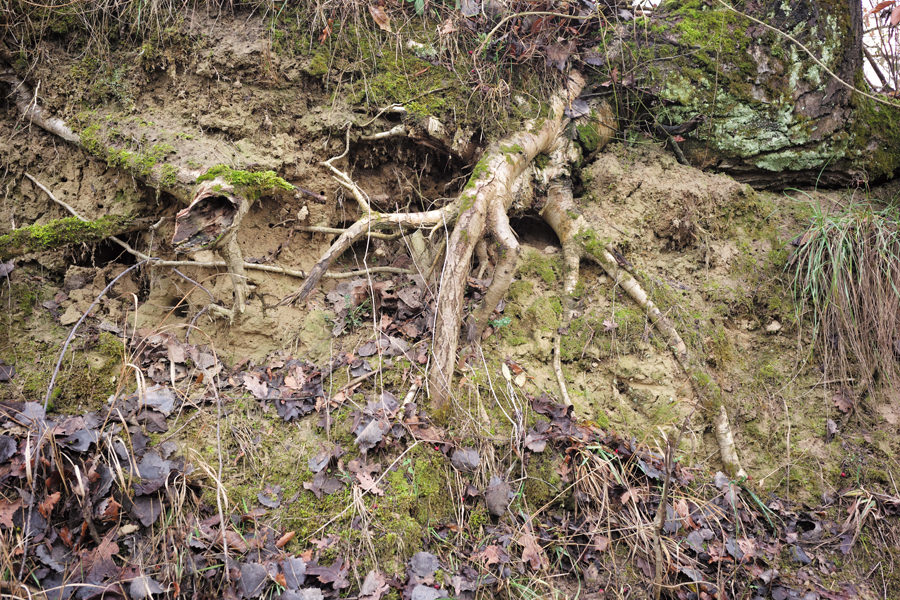 |
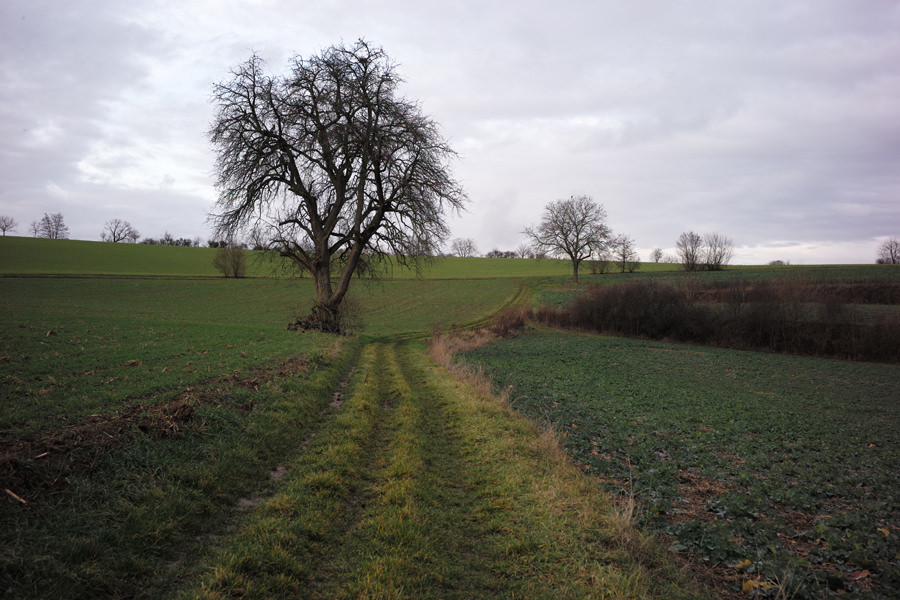 |
Close-Up Behavior
Smallest Object Field / Magnification
| Smallest object field/width | 652 mm x 434 mm (calculated), 587 mm (from photo*) |
| Magnification | 1:18.2 (calculated), 1:16.4 (from photo*) |
*) See photo below:
w=587 mm; magnification = 35.8/587 = 1:16.4 (1:16)
Photo: Zeiss Biogon 35mm f/2.8 lens (587 mm)
With Quenox Quenox Extension Tube for Leica M
Distance > |
Infinity | 0.7 m (closest) |
Smallest object width |
125 mm* | 101 mm* |
| Magnification | 0.29 = 1:3.5 => approx. 1:3.5 | 0.35 = 1:2.8 => approx: 1:3 |
*) See photos below:
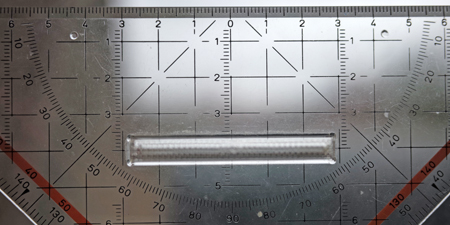 |
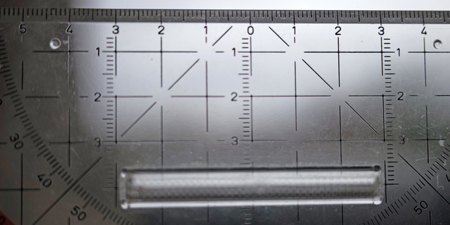 |
Photos: Test shots with Zeiss Biogon 35mm f/2.8 and Quenox Extension Tube for Leica M; distance set to infinity (left) or closest distance (right)
Closest Distance
The following photos are meant to demonstrate the lens' close-up behavior:
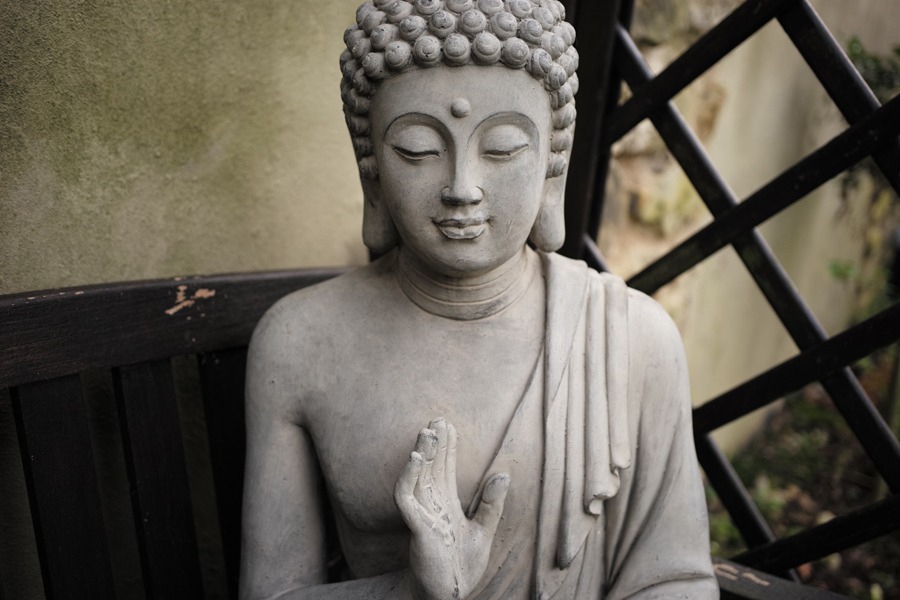 |
 |
As a wide angle lens, the Zeiss Biogon 35mm f/2.8 lens is not a "winner" in the close-up realm. This improves, however, considerably if you use an extension tube like the Quenox Extension Tube for Leica M, which is a replacement for the now "extinct" Leitz OUFRO (16469Y) (1 cm). You get a magnification of up to 1:3 with this lens, but you have to get fairly close to the subject...
Here is a sample taken with the Quenox extension tube (no files in original size):
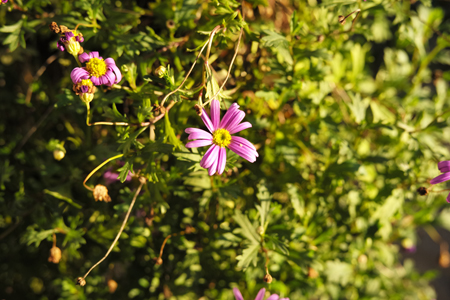 |
Zeiss Biogon 35mm f/2.8 |
And here are some more samples that I took with other lenses in a similar way:
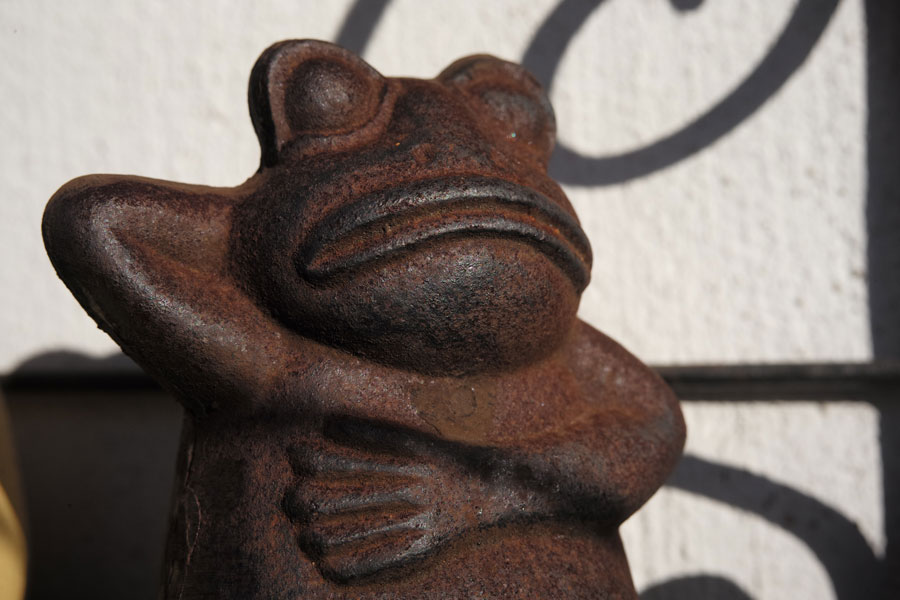 |
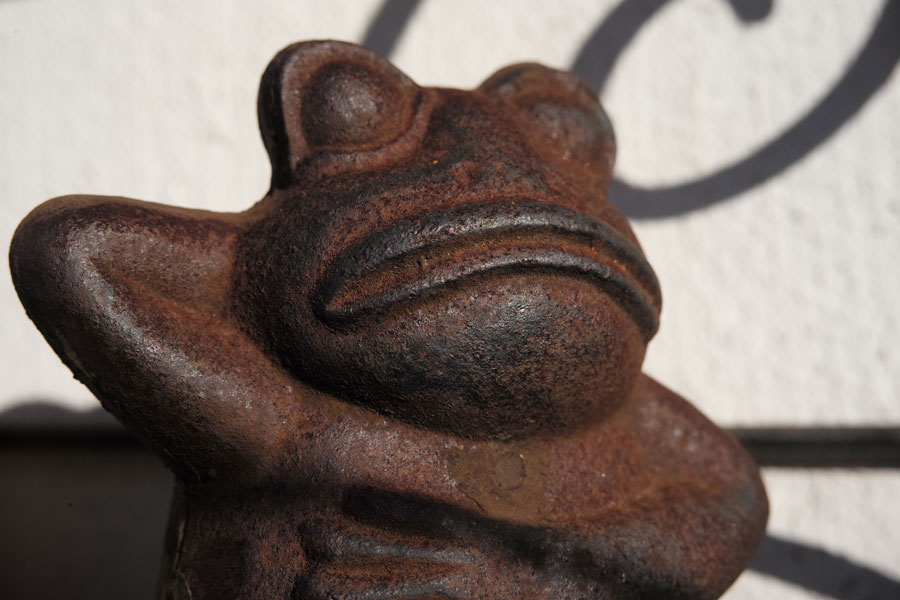 |
|
| Distance set to infinity | Distance set to closest value |
|
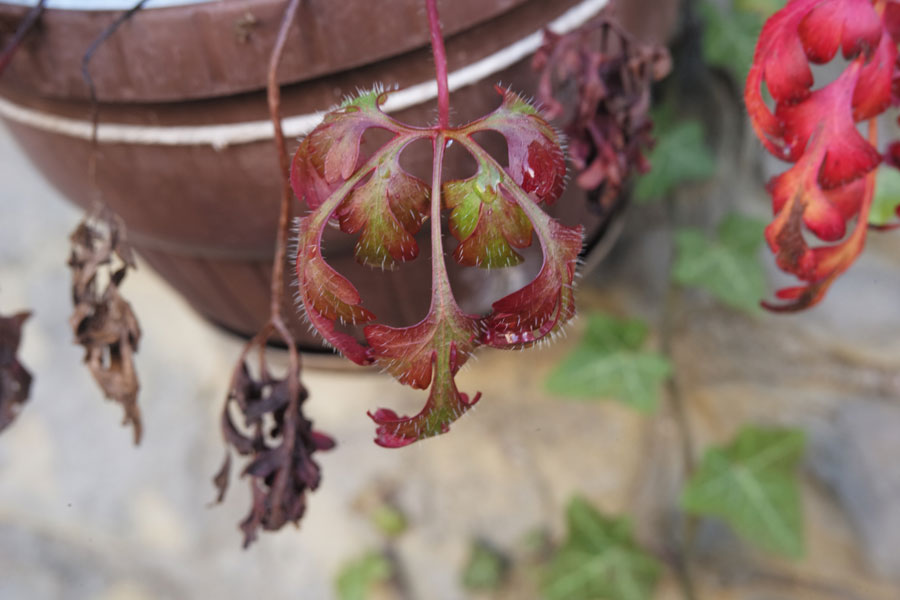 |
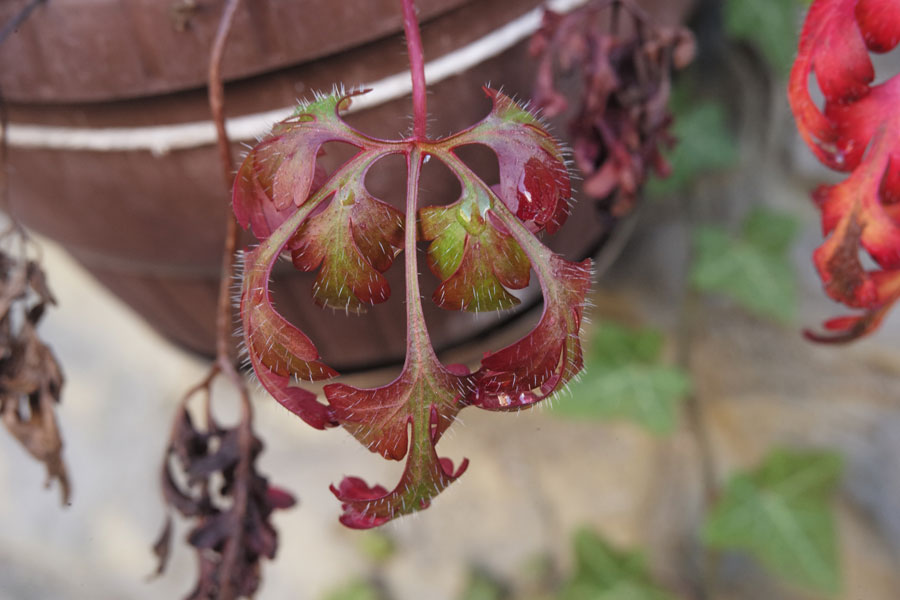 |
|
Distance unknown |
Distance unknowm |
|
 |
 |
|
Distance set to infinity |
Distance set to closest value |
There is not a huge difference between the two distance settings, but it is more pronounced than for lenses with shorter focal lengths.
Conclusions
Disclaimer: I am not a lens expert who sees marked differences between various Leica and/or other lenses. I can check for soft corners, find differences in color rendition, and, in rare cases, may discover a "3D look", but that's all. Please regard therefore my conclusions as the verdict of a "layman".
First attempts with this lens revealed that it exhibits vignetting and a very slight magenta color cast at the shorter borders when used at the Leica M (Typ 240) (all my lenses with a focal length below 50 mm do so). Luckily, the color shading is ususally not discernible on many photos. There are also manual lens settings that reduce vignetting and perhaps color cast (it is hard to see on the test photos). In the end, all this can also be removed with the CornerFix application, if you shoot DNG and prepare a suitable lens profile file for CornerFix.
However, I hope that this lens can be used with "Lens Detection" set to "Off" or to "Manual" with selecting the Elmarit-M 28mm f/2.8 (11804) or the Summicron-M 35mm f/2 (IV) (11310). Since Zeiss judges the first lens as "very good" and the second not at all, I will select the Elmarit-M f/2.8 (11804) if I should use manual lens selection. But this still awaits testing in practice...
Links
- Zeiss Biogon 35mm f/2.8 (Zeiss, English): lenses.zeiss.com/photo/en_DE/products/ikon/cbiogont2835zm.usage.html
- Zeiss Biogon 1:2,8/35 mm (Zeiss, German): lenses.zeiss.com/photo/de_DE/products/ikon/cbiogont2835zm.usage.html
- Zeiss Biogon 35mm f/2.8 at Ken Rockwell "Leica Lens Reviews" (scroll the list): www.kenrockwell.com/leica/lens-reviews.htm#35 • full review: www.kenrockwell.com/zeiss/zm/35mm-f28.htm
- C-Biogon-T* 2.8/35 ZM: the king of flare reduction? (Erwin Puts): www.imx.nl/photo/zeiss/styled-12/ (images missing)
- The Zeiss C Biogon 35/2.8 review (Joeri van der Kloet) : joerivanderkloet.com/zeiss-c-biogon-352-8-review
| 30.01.2017 |
